
by pankaj | May 10, 2024 | Beaches, Blog, Latest Post, Latest Trend, Vacations & Leisure
The wide ocean, with its surface covering more than 70%, is one of the parts of the Earth that remain mostly unexplored. This hermitage is home to innumerable living creatures, of which many are yet to be found. Each year, researchers uncover some new species of animals, provoking our minds beyond the imaginable. Here are 10 of the most captivating recently discovered marine dwellers:
- T. Sponge (Advhena magnifica)
Picture the environment of the deep sea known as the “Forest of the Weird”. This is the location where explorers came across the E.T. Sponge; a white, bulbous creature with two dots positioned on a long elongated stem. Its weird, extraordinary form symbolizes the mysterious beauty that is usually found on the ocean floor.
- Fighting Elvis Worms (genus Stygohadal)
This worm’s ferocious-sounding name is perfectly accurate. These creatures have found their habitat in the Mariana Trench, the deepest part of the earth’s ocean depths. They attack using their sharp jaws that are combined with strong bites for survival in these extreme conditions.
- Tiny Tree-of-Life Tardigrade (ParamicroTARDIS nana)
Tardigrades, also referred to as water bears, boast of their resilience. This new species is the smallest member of the Tardigrada phylum that has so far been discovered in such a vast space as the ocean depths. TARDIS is an affectionate name given by the character, which represents the possibility of enormous things dwelling in the smallest forms.
- Patrick Sea Star (Attenborough yıldız)
This sea star, being named after the beloved cartoon character for its similarity, is adorned with knobby arms and is usually found in the Aegean Sea. This exciting finding is yet another example of efforts to classify the amazing richness among starfish types.
- Blobfish (Psychrolutes marinus
Despite its not being the most outstanding looking, it serves as a fine specimen of adaptation. Its gelatinous body allows it to sustain the extreme pressure of the abyssal area.
Creatures of Myths and Legend
Monster tales about the abyssal predators have been captivating our imagination for centuries. Some of these stories are the source of truth, real beings that were discovered in the sea showing similarities to legendary beasts.
- Vampire Squid (Vampyroteuthis infernalis)
It is a jet-black cephalopod which lives in the twilight zone of the ocean where the sunlight hardly penetrates. Given the bioluminescent red spots and filaments that can be retracted, this animal could easily be mistaken for a character from a gothic novel, playing its role as a predator of any organic matter that falls into the sea.
- Goblin Shark (Mitsukurina owstonii)
This jaw-dropping shark is the oldest, and looks prehistoric, with a pink, protruding snout and rows of razor-sharp serrated teeth. It is a living fossil. Living in the absolute depth of sea, its encounter is rare giving the aura of uniqueness to its presence.
A World of Concealment
Oceans are home to many different habitats which pose major challenges to the organisms who live there. While others do so by mimicking their environment, becoming nature camouflage specialists.
- Flamboyant Cuttlefish (Thysanoteuthis flamboyant)
This marvelous cuttlefish is a resident of coral reefs in the Indo-Pacific region. When threatened it unravels its multi-color body with huge bio-luminescent organisms into a spectacular display that startles predators making it get away.
- Transparent Sea Cucumber (Cucumaria japonica)
This transparent sea cucumber employs the strategy of near-invisibility to escape predators. Its entire body is almost transparent so that light can go through it without much bending.
- Leafy Seadragon (Phyllopteryx taeniolatus)
Blending in perfectly, the leafy seadragon has leaves for disguise, each of which also has leafy protrusions. Such an approach makes it virtually indistinguishable from the kelp forest setting and therefore eludes potential predators.
Giants of the Deep
The fact that the ocean is so vast is a place for creatures that have spectacular size and are only recently being discovered.
- Colossal Squid (Mesonychoteuthis hamiltoni)
The colossal squid, a distinct type of giant squid, is assumed to be the world’s biggest invertebrate animal. They are believed to be over 45 feet in length; still, they mostly stay enigmatic and unstudied. Researchers are clinging to patches of DNA found in predators and camera images taken by submersibles to assemble their existence.
This list is just a small preview of the hidden treasures found in the deep parts of the ocean. New discoveries will continue to be made, and many species are entirely unknown. By keeping on our endeavors of exploring the ocean depths, a lot more bizarre creatures that we can never imagine to exist will keep on emerging, refining our knowledge of marine life and its diversity. The future world ocean exploration is captivating as much as the exotic worlds these discoveries unfold. It also reminds us that the Earth holds as the profound secrets as we would search among the stars.
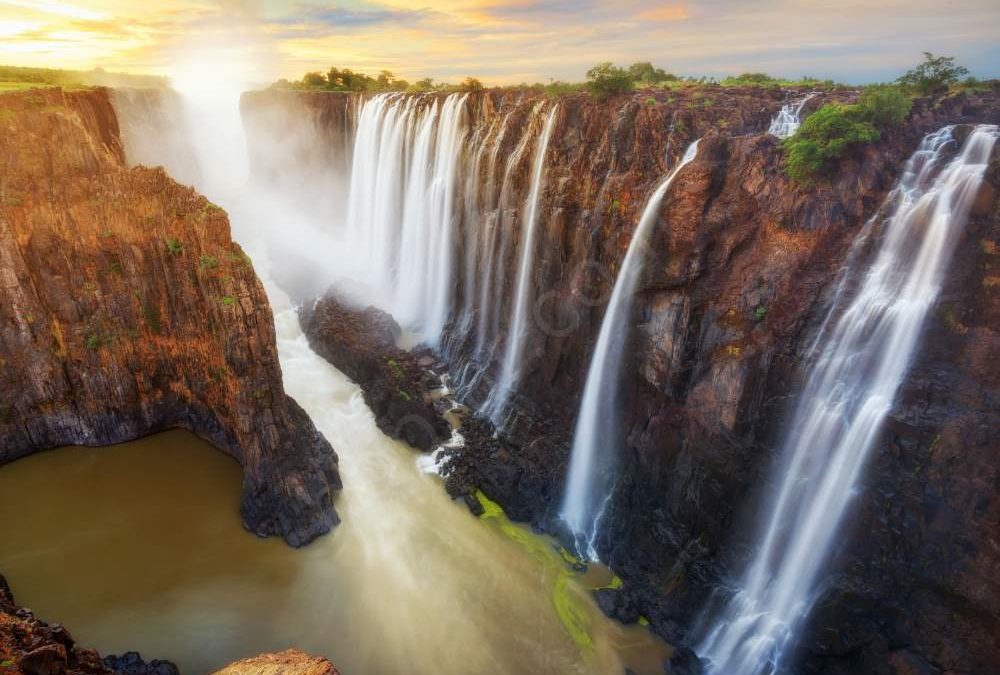
by pankaj | May 10, 2024 | Beaches, Destinations, Honeymoon planning, Island, Latest Post, Mountains, Romantic, Swimwear, Tips, Travel Tips, vacations, Vacations & Leisure
Waterfalls, these natural phenomena, have mesmerized humans for decades, attracting people from all over the world to their breathtaking displays of the power and beauty of nature. Here, we discuss the specifics of 10 of the most stunning waterfalls in the world, each one with its own irreplaceable character and natural beauty.
Angel Falls, standing as the world’s highest unobstructed waterfall at 979 meters (3,212 ft), can be considered a peerless work of nature plummeting off the Auyán-Tepui range in Canaima National Park in Venezuela. The Churún River is responsible for this whole deal since it eventually unites with the Caroní river, which then flows into the Atlantic Ocean, thus making Angel Falls a marvel not only for the eyes but also an integral part of the local hydrological system. Named after Jimmie Angel, an American aviator who first flew over the falls in 1933, Angel Falls is also known locally as “Kerepakupai Merú,” which translates as “waterfall of the deepest place.”
- Tugela Falls (South Africa)
Located in Royal Natal National Park, South Africa, the Tugela Falls falls from the Drakensberg Escarpment with a height of 948 m (3,110 ft), which makes it take the second largest place in the world among the waterfalls. Along the way, its waters from the Tugela River flow into the Indian Ocean, further improving the ecosystem of the surrounding region. The cultural significance of Tugela Falls is rooted in the Zulu people who have considered the Drakensberg Mountains as sacred and named the falls as “Thukela,” literally meaning “sudden.” The visitors experience the full magic of the falls during the rainy season from November to March.
- Tres Hermanas Falls (Peru)
In the middle of the Cordillera Escalera mountain range in Peru, Tres Hermanas waterfall is located with 3 falls height of 914 meters (2,999 ft). The falls feed into the Utubamba River which in turn connect to the Amazon River Basin, the main resource for communities and wildlife in the area. The name “Tres Hermanas” characterizes the three parallel streams that run together to form the falls which contribute to its beauty and mystery.
4.Olo’upena Falls (United States)
A 900 meters (2,953 ft) high cliff on the Molokai Island in Hawaii is where the amazing Olo’upena Falls are located. Its isolation amplifies the mystery, being only reachable by helicopter, creates a privileged hanging place. Olo’upena Falls belongs to Halawa Valley, which is related to the Hawaiian culture and history in this place. Therefore, visitors will not only be in front of the natural wonder but also the connection to the island’s cultural heritage.
5.Yumbilla Falls (Peru)
Deep inside Peru’s Cordillera Escalera, there is a Yumbilla Fall that falls down 890 meters (2,920 ft) at the source of the Yumbilla River. As part of the Amazon River basin, its waters are responsible for one of the most biologically diverse regions on the planet, providing habitats to thousands of species of plants and animals. Yumbilla Falls is a component of a series of waterfalls in the region that includes Gocta Falls, the famous waterfall in the Peruvian rainforest, which makes it an attractive destination for nature-seekers.
6.Kela Waterfall (China)
Kela Waterfall being a part of Yunnan Province in China and with the Nu River fueling its unbelievable flow, it stands at a height of 870 meters (2,854 ft) in the middle of a green forest. However, as its waters merge with those of the Salween River, the latter finds itself flowing to the Andaman Sea, and in the process, shaping the scenery and lifestyles. Kela Waterfall is situated in the Gaoligong Mountains which are known for their high biodiversity, housing rare animal species like the Yunnan golden monkey and clouded leopard.
7.Waiʻīanu Falls (United States)
Perched on the beautiful Kauai Island in Hawaii, Waiʻīanu Falls captures the view with its streams falls of 860 meters (2,825 feet), the source being the Hanakāpīʻai Stream. The passage of the stream to the Pacific from the island is a witness of the natural allure of the area and the power of water to change landscapes over time. Waiʻīanu Falls is enveloped in the lush natural surroundings near Kauai’s western coast, Na Pali, and it is one of nature’s greatest wonders for one to see.
8.Mutarazi Falls (Zimbabwe)
Plunging 762 meters (2,500 ft) straight down the Chimanimani Mountains located in Zimbabwe’s Eastern Highlands, the Mutarazi Falls is a majestic natural wonder. Its streams feed the Sabi River system, which in turn sustains a wide variety of ecosystems and communities as well as the Indian Ocean. Mutarazi Falls forms the main attraction in Mutarazi National Park which is a protected area famous for its incomparably rich orchids, rare orchids, endemic bird species, and diverse flora and fauna.
9.Jacobabadal Falls (Suriname)
The surging waters of Jacobabadal Falls plummet 2441 ft into the crevice of Tabiki Creek, which is located within the Sipaliwini Savanna of Suriname. Its flowing waters finally unite with the Corantijn River, extending the underlying prosperity of the Atlantic Ocean. Jacobabadal Falls is found in Tumuc-Humac Mountains, which is known for its unspoiled wilderness and distinct geological landmarks, treating a visitor to the unadulterated Suriname’s ecosystem.
10.Kaieteur Falls (Guyana)
Usually being praised as one of the most scenic water drops on the planet, Kaieteur Falls on the Potaro River in Guyana surpass the 226 meters (741 ft) mark. Its multi-faceted gush over a sandstone cliff into a tranquil pool beneath is proof of the creativity of nature. As a tributary of the Essequibo River, Kaieteur Falls is the main factor in the hydrological cycle in the region that enhances the Atlantic Ocean. Kaieteur falls are part of Kaieteur National Park, a protected area full of exclusive flora and fauna, some of which are as rare as the Guiana cock-of-the-rock and the golden frog.
Although these 10 waterfalls present only a small glimpse into nature’s splendor, the world holds many other falls, each with its own captivating form and undeniable significance. From the impressive Ban Gioc Falls on the Vietnam-China border to the amazingly beautiful Seljalandsfoss Waterfall in Iceland, the beauty and power of waterfalls around the world remind us, time and time again, of the majesty of nature and how everything on our planet is connected.

by pankaj | Apr 10, 2024 | Beaches, Blog, Latest Post
Water parks turn out to be a universal and comfortable entertainment area that provides various rides, relaxing activities, and plenty of fun for visitors of all ages. However, because there are multiple parks scattered across the world, what parks stand taller than the others? Here’s a curated list of the top 10 water parks, guaranteed to drench you in unforgettable thrills and tranquility.
- Siam Park, Tenerife, Spain
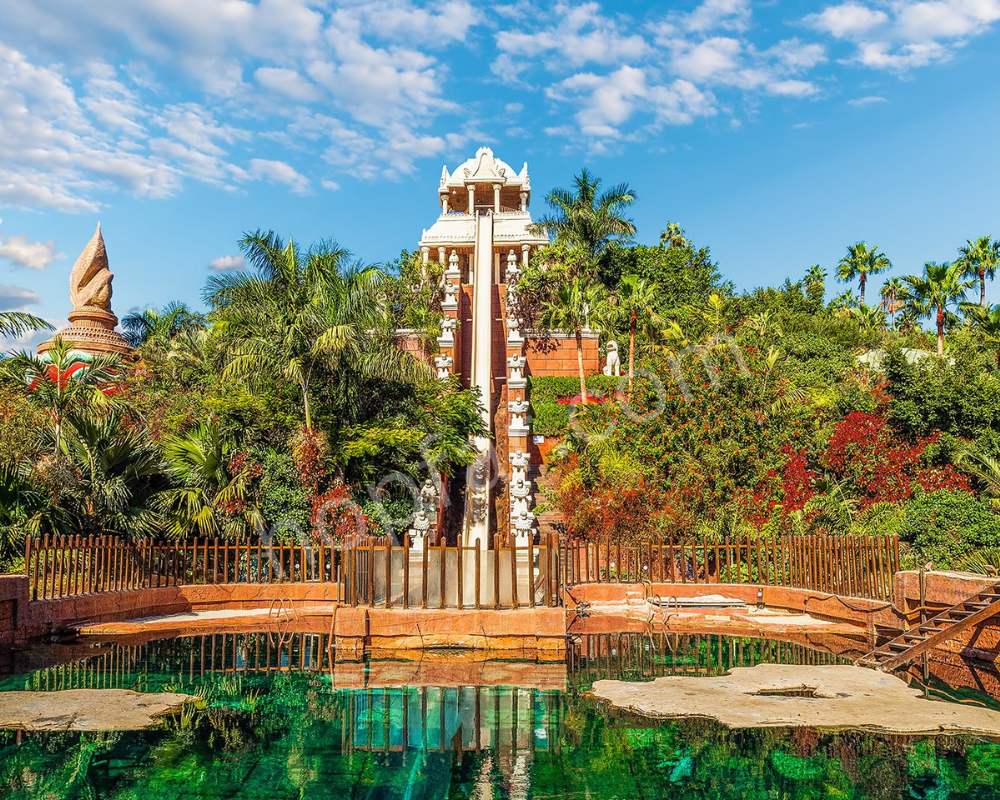
Get ready, adrenaline lovers! How about Siam Park’s “Tower of Power,” a nearly vertical one that will take your breath away? But for those who love the ups and downs, the “Kinaree” would be an exhilarating one that ends up with a thrilling conclusion. The youth and the families can enjoy the slow float along the “Mai Thai River” through the lush landscapes.
- Beach Park, Fortaleza, Brazil

Beach Park goes beyond being just a water park; it is a large entertainment complex that is situated on the shorelines. For daring ones “Insano,” the highest water slide in South America, is where they can surpass their thrill limits and maximum speeds. The “Hippopotamus Pool” provides a more relaxed experience if you’re looking for a gentle lazy river adventure where you can just soak up the sun.
- Waterbom Bali, Kuta, Indonesia
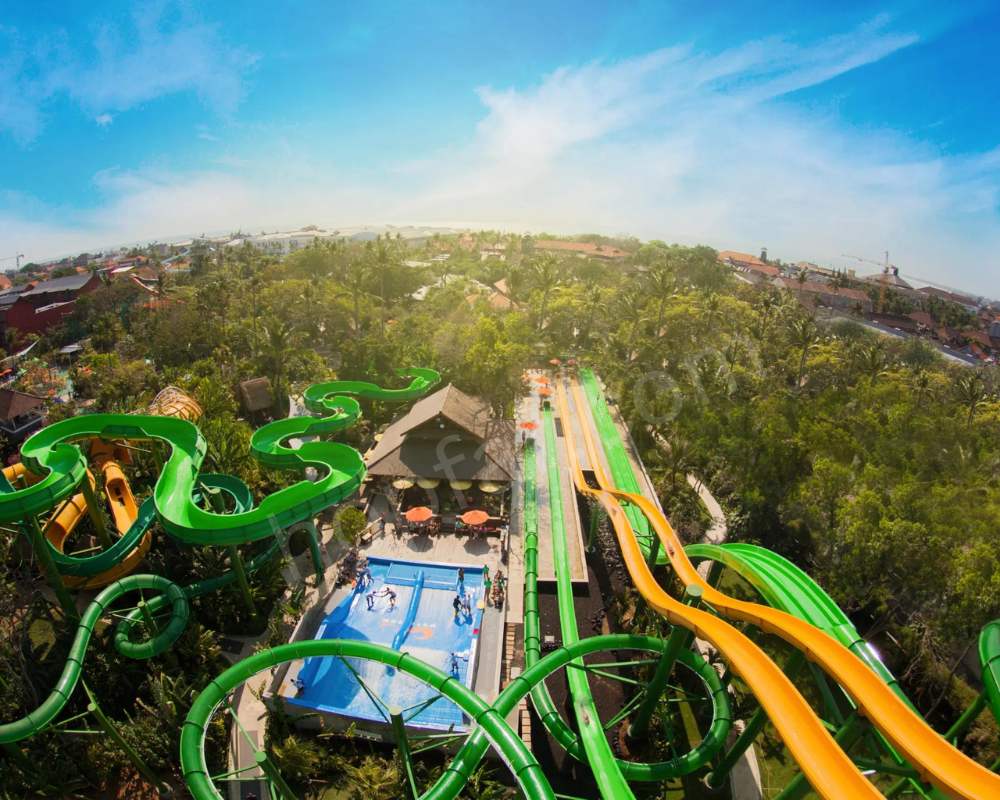
Waterbom Bali artfully mixes exhilarating rides with magnificent panoramic views. To reach the pinnacle of thrill, “The Climax” whooshes riders down a vertigo angle at an unbelievable speed. If you’re looking for a different type of rush, “Python” takes you on an adrenaline-filled journey through a dark tunnel, leaving you wanting more. For those less in for adventure, they can take a relaxing ride on the “Lazy River” or they can enjoy the refreshing waves of the wave pool.
- Aquaventure Waterpark, Dubai, UAE
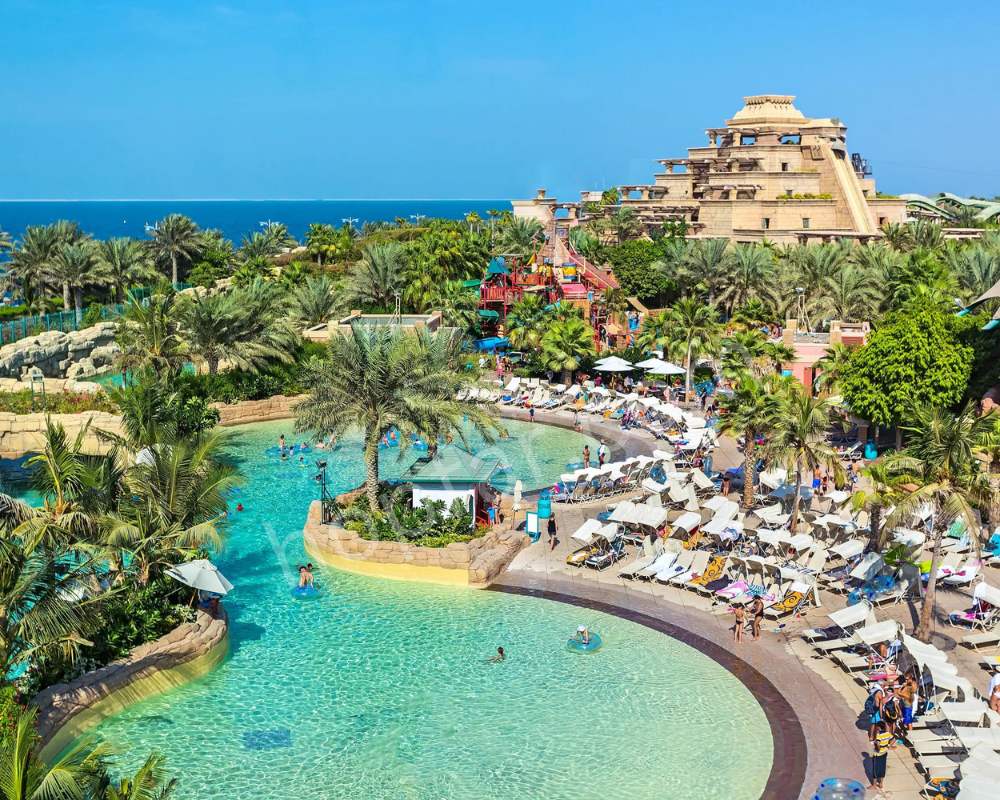
Enjoy a deluxe vacation with a twist full of exhilaration by experiencing Aquaventure Waterpark. Plunge down the gravity-defying “Aquaconda,” the world’s longest waterslide, just for the rush of adrenaline and the experience of twisting and turning. If you want to get an extraordinary underwater experience, snorkel with the majestic sharks at the “Shark Encounter.” The relaxation area with children’s play zone is dedicated to families. After a fun day, you can relax in a calm lazy river.
- Universal’s Volcano Bay, Orlando, Florida, USA
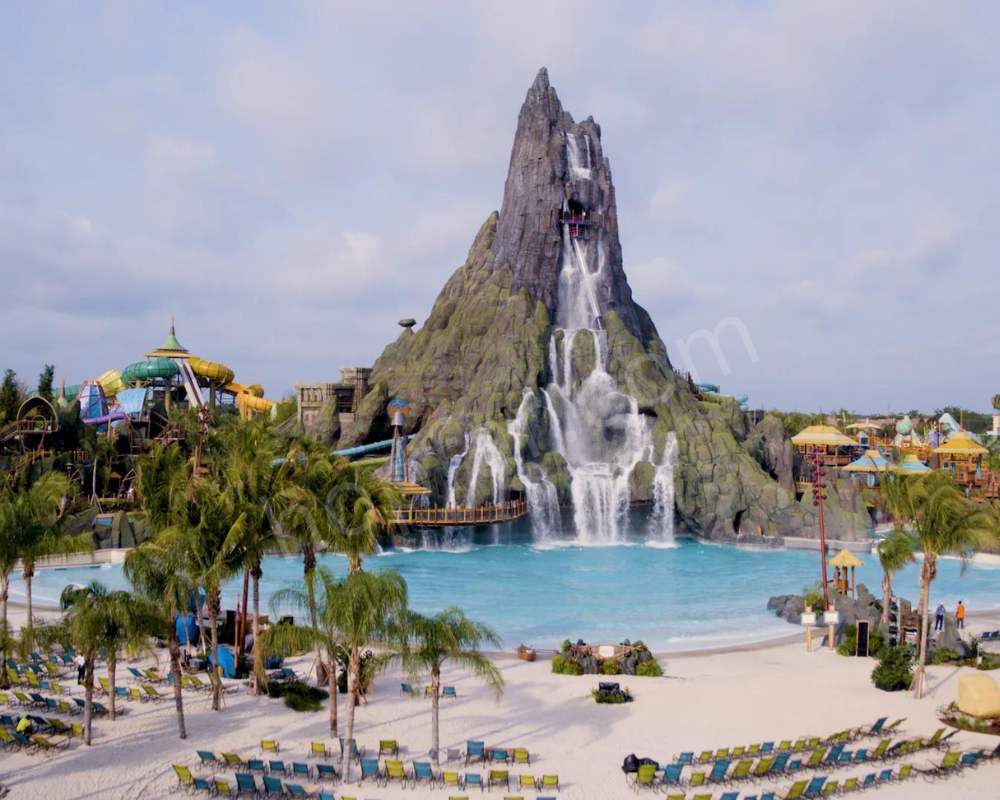
Experience the rides found in the world of a tropical paradise at The Universal Volcano bay. The “Koa Kea Coaster” thrills the riders by rushing them through a volcano fortress for a thrilling adventure. Are you looking for an extra amount of excitement, the “Krakatau Aqua coaster” features a dark tunnel and a shocking drop that will leave you speechless. When you need a rest from the adrenaline rush, just ride the Kopiko Wai Winding River or relax at the peaceful tiguani-themed Waturi Beach while sunbathing.
- Wild Wadi Water Park, Dubai, UAE
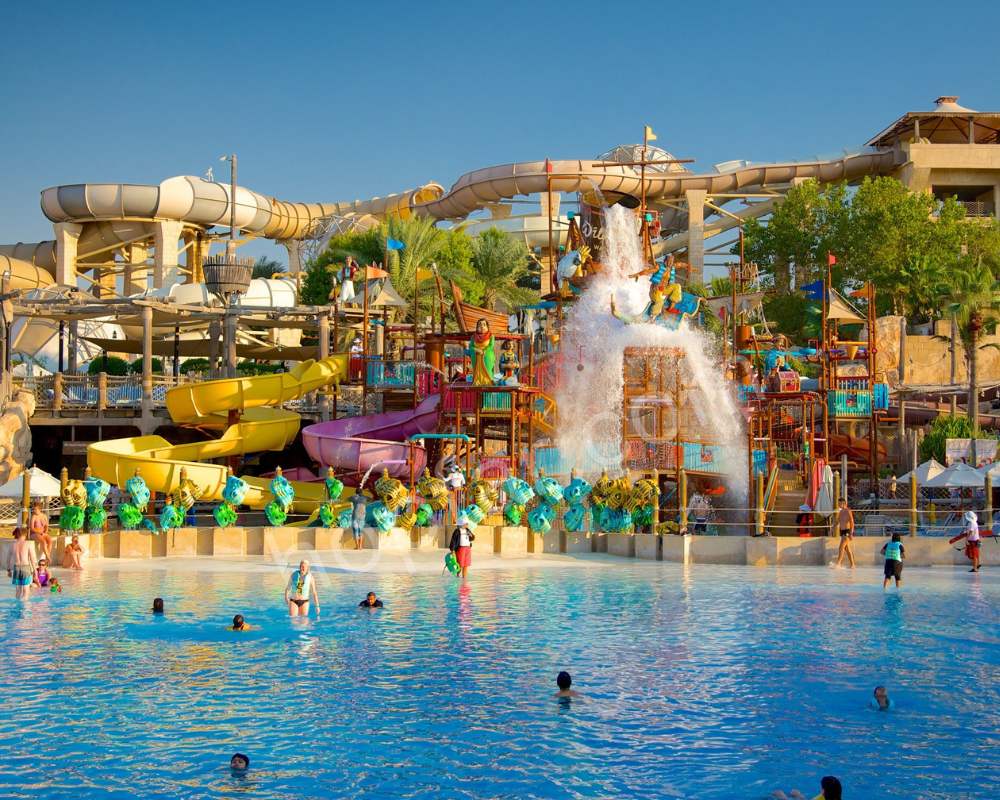
Experience an Arabic journey at Wild Wadi Water Park. Enjoy the jaw-dropping excitement of the giant waterslide known as “Jumeirah Sceirah” that will put your bravery to the test. For something unique, “Breaker’s Bay” has the Middle East’s largest wave pool, which is great for catching some waves and working on your boogie board skills. The park won’t forget about families – there are ample tamer rides, a lazy river where you can drift peacefully and a wave pool especially dedicated for young guests.
- World Waterpark, Edmonton, Canada

Get over with winter blues by taking a dip at the World Waterpark, the world’s largest indoor water park. This temperature-controlled haven is the perfect place to stay amused all year round, even when the weather outside is not so pleasant. Experience a thrilling ride on the “Storm” rollercoaster, where riders speed through a sequence of twists and turns in a high-velocity waterslide. The “Galaxy” complex offers a more family-conducive experience with a giant play structure that is equipped with slides, water cannon, and tipping buckets, and which is highly entertaining for the younger children.
- Tropical Islands, Krausnick, Germany
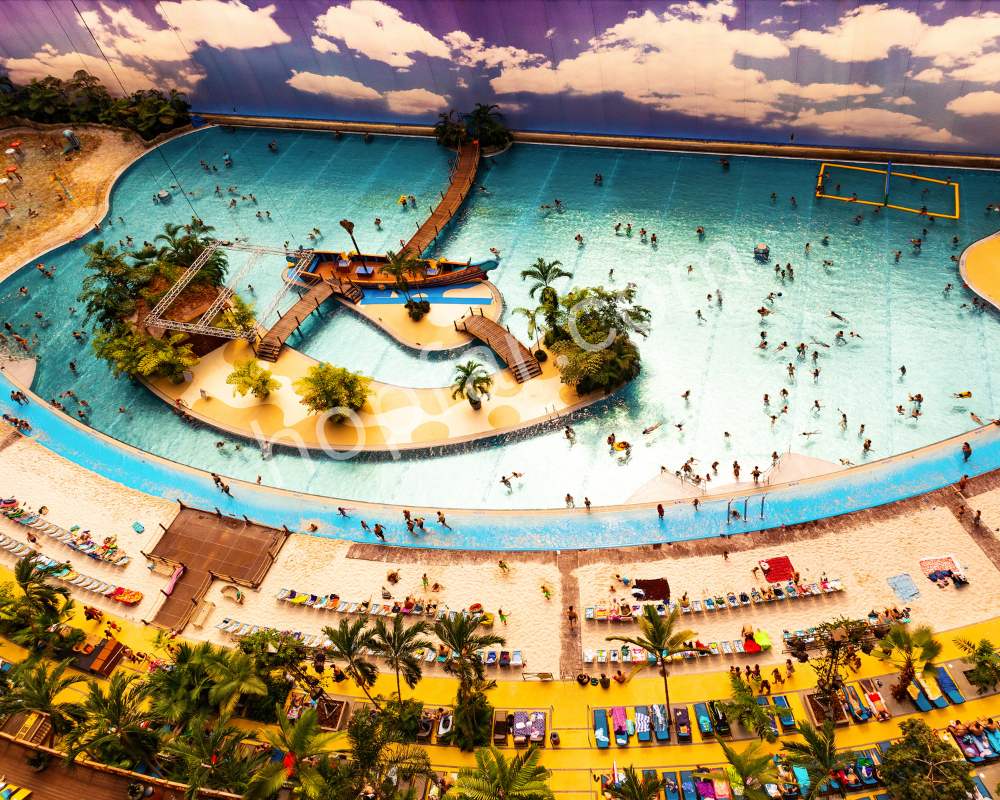
You can forget about the European winter and immerse yourself in the blossoming vegetation and perfectly transparent waters at Tropical Islands. This colossal indoor water park, which is also the largest indoor rainforest in the world, has a hot air balloon ride that will take you on a journey to enjoy the magnificent scenery. “South Pacific Slides”, for adrenaline junkies, is a quick and exhilarating descent full of twists, turns, and drops. Young ones will also find a number of kid-focused attractions such as a pirate ship playground and a family-friendly lazy river.
- Chimelong Water Park, Guangzhou, China
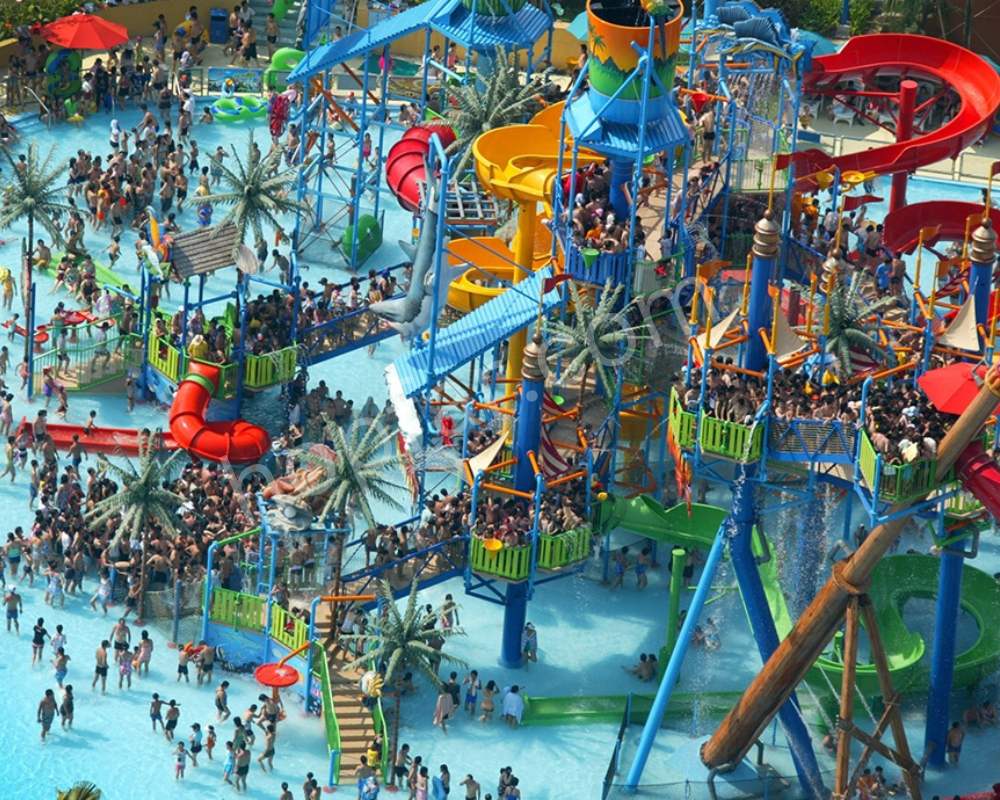
Plunge into the realm of aquatic fun at Chimelong Water Park. This is the first MagiWave water coaster; it is called “Tornado,” will take you through many uphill climbs and gravity-defying drops. If you want a more casual experience, the park has different wave pools, lazy rivers, and kids’ play areas.
- Atlantis Aquaventure Waterpark, Paradise Island, Bahamas
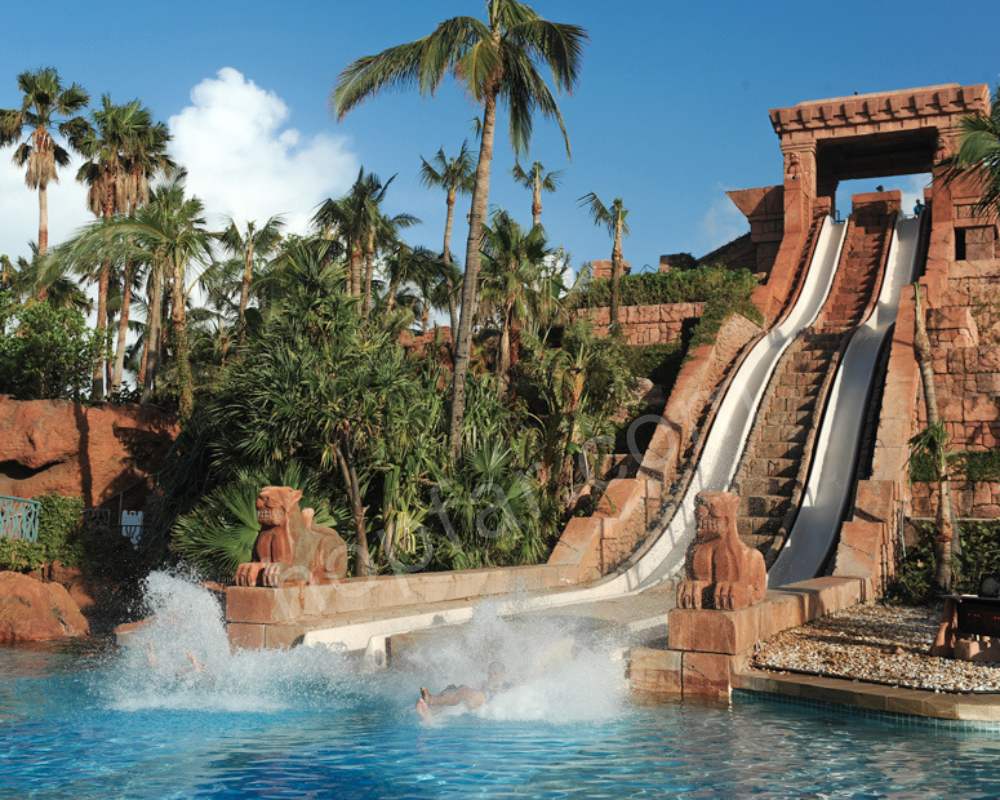
Immerse yourself in the paradise of Atlantis Aquaventure Waterpark. Swim with colorful fish in underwater tunnels of the park, or shoot straight down a “Power Tower,” an almost vertical drop that will make you breathless. For the most exciting family adventure, set sail on the “Atlantean Rapids” where you will navigate up and down the river and through cascading waterfalls.
Therefore, if you are looking for the scary thrill, the serene calm, or the ride of your life, then this list of top 10 water parks will have something for everyone. Pack your bathing suits, lather yourself with sunscreen and get ready to experience a spectacular splash.

by pankaj | Apr 4, 2024 | Beaches, Blog, Latest Post
The massive oceans of this world are home to the most astonishing creatures. Species habitats, and marine ecosystems are facing challenges from habitat loss, pollution, and climate change. Here are 10 endangered marine species in urgent need of our help:
- Vaquita
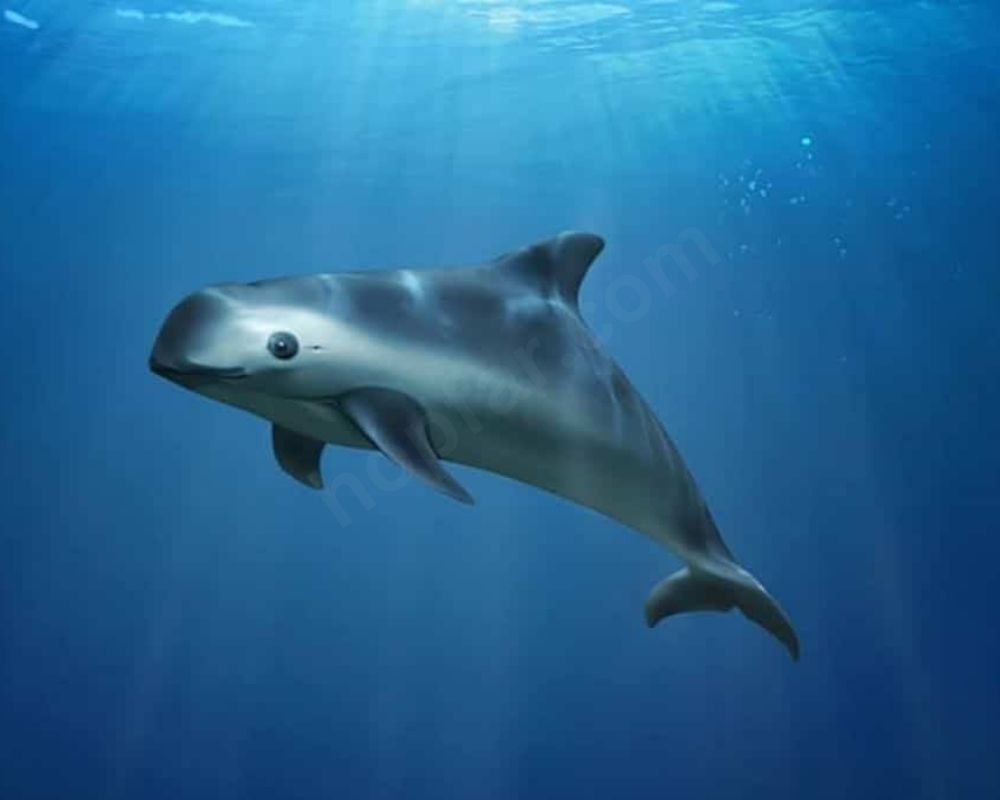
Being the world’s most endangered marine mammal, the vaquita is a small porpoise unique to the Gulf of California, Mexico. Their populations have dropped because of entanglement in nets illegally indicating for totoaba, a critically endangered swim bladder that is prized in China. Approximately ten vaquitas are said to be remaining, making them the animals on the verge of extinction.
- North Atlantic Right Whale
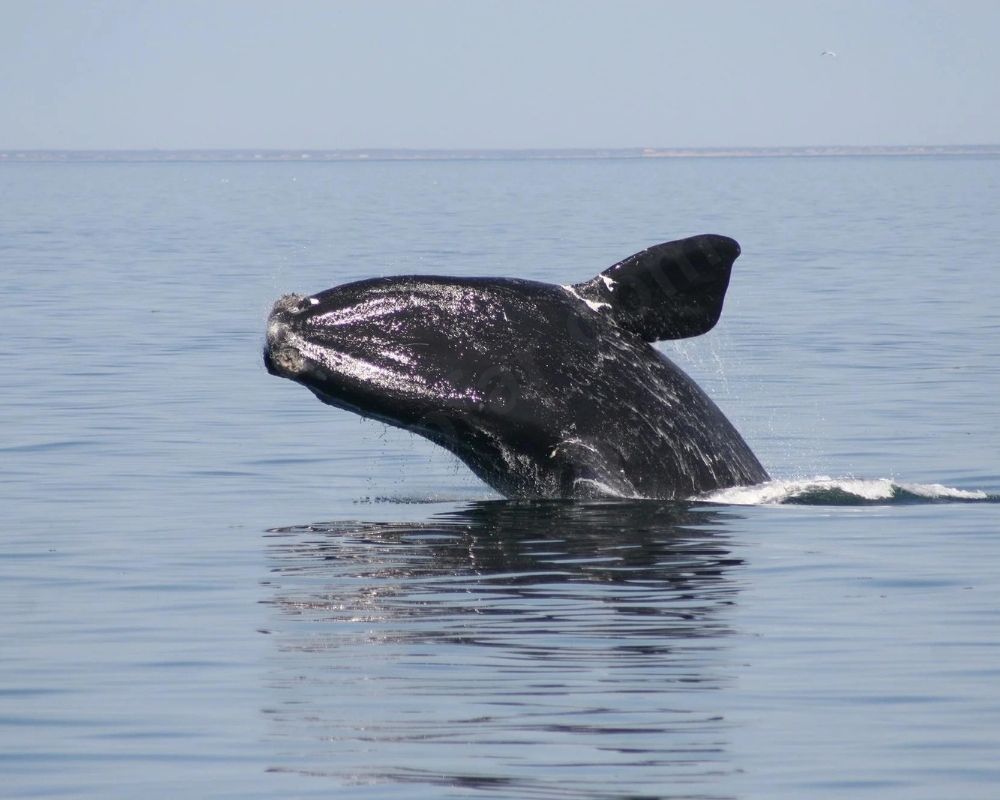
The lovely and huge animals were used to be very common in the North Atlantic, but hunting for their baleen and shipping accidents have made them critically endangered. Efforts are taking place to minimize entanglement threats by inventing whale-friendly fishing gears and laying down binding shipping laws. Unfortunately, with only less than 350 individuals of the species left, even a single ship strike or the entangling of it can be very devastating to this population.
- Yangtze Finless Porpoise
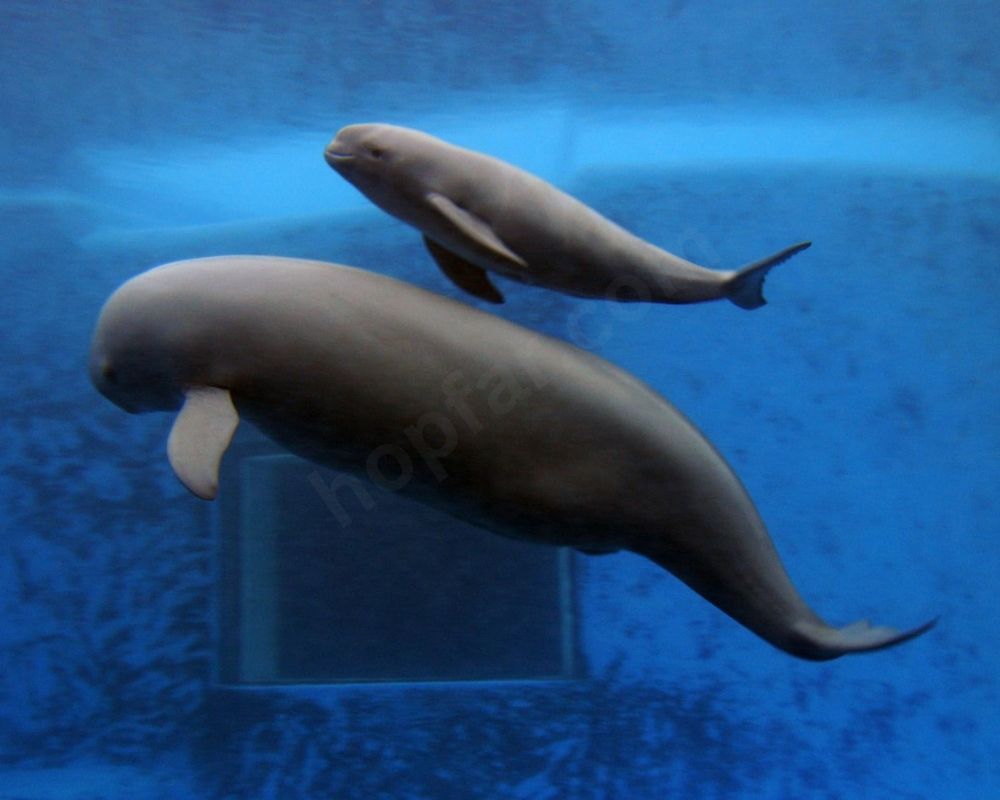
This rare, freshwater cousin of the dolphin could perhaps be functionally extinct, with only a few specimens possibly still alive and struggling to survive in this vast river. Disruption of their habitats through the Yangtze River dam system and extensive fishing filter to the edge of extinction. Unfortunately, the Yangtze finless porpoise can be an example of severe damage that human actions can bring to sensitive ecosystems.
- Hawaiian Monk Seal
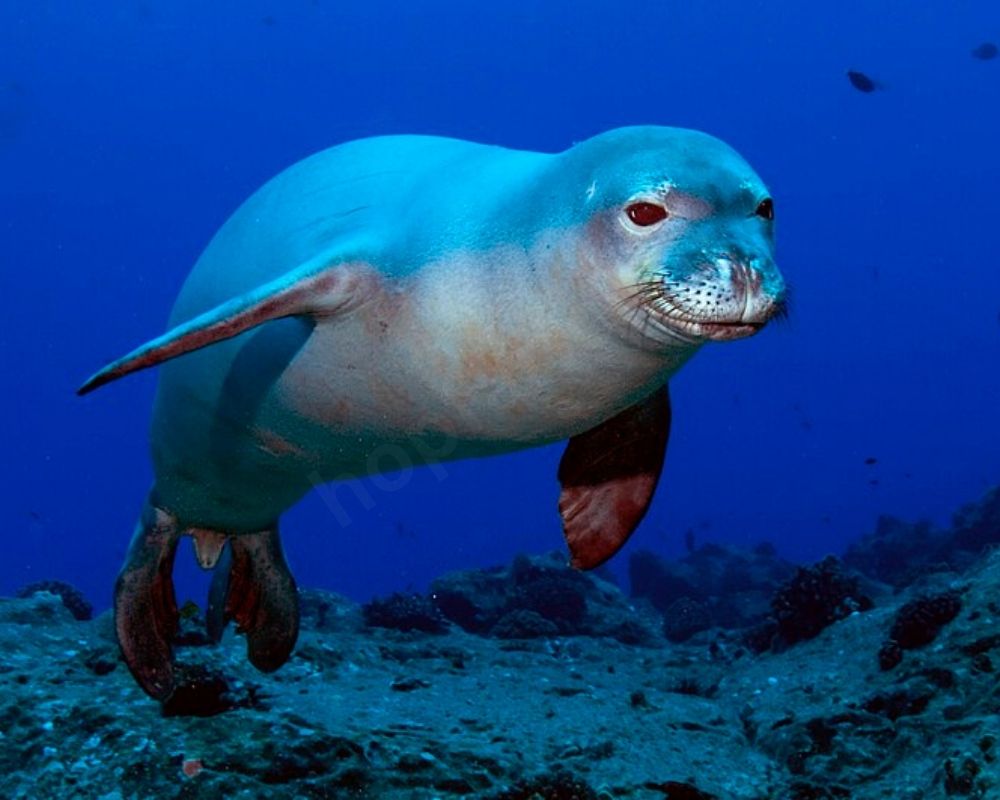
The Hawaiian Islands were the home of vast populations of monk seals. Today, there are hardly 1,500 of them are left, they were plagued by threats such as coastal development which results in habitat loss, as well as disease outbreak caused by marine mammals and sharks as predators. Conservation efforts focus on the preservation of pupping beaches, the surveillance of populations for disease breakouts, and the mitigation of predators.
- Sea Turtles

Hawksbill, Kemp’s Ridley, Leatherback, Loggerhead, and Green sea turtles are all in danger because of a number of threats. Poaching for their meat, eggs and shells, habitat loss because of coastal development and beach erosion, and getting entangled in fishing nets (bycatch) are among the major reasons for their decline. Conservation efforts include safeguarding nesting beaches, raising awareness among fishermen on safe methods for releasing entangled turtles and encouraging responsible behavior in tourism.
- Giant Manta Ray
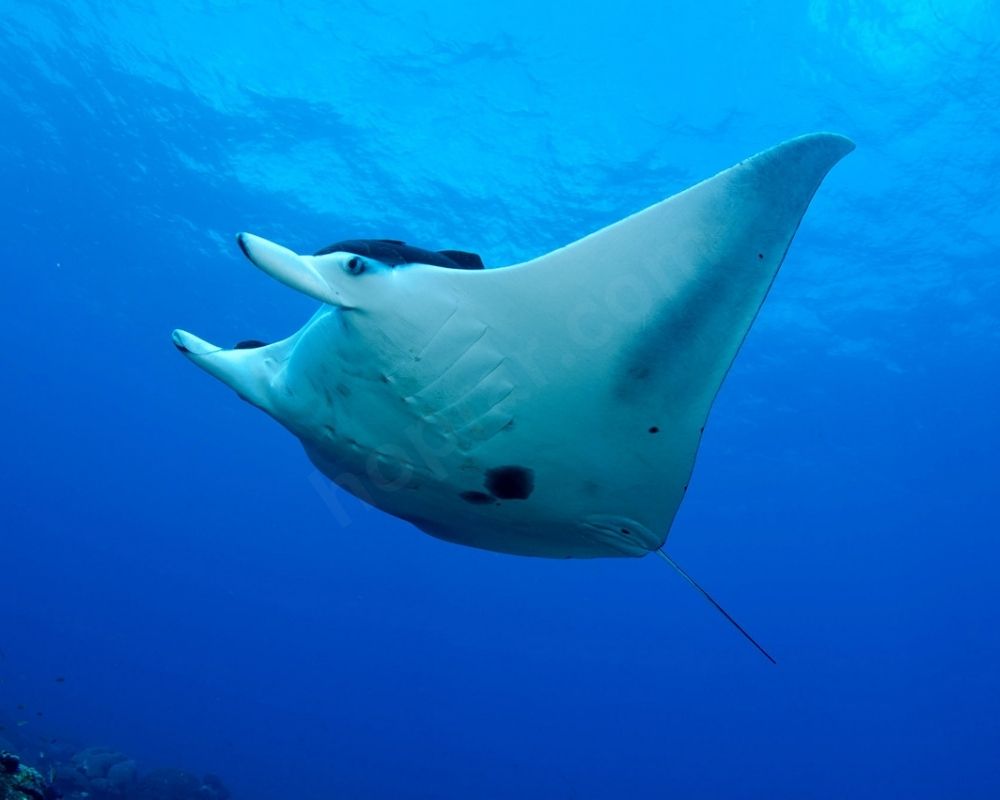
These docile cetaceans are very important to the integrity of the coral reefs by filtering plankton and stirring up all the nutrients. Overfishing for their gill plates in traditional medicine has driven them towards the verge of being overfished. Manta ray populations additionally suffer from deforestation and boat collisions.
- Whale Shark
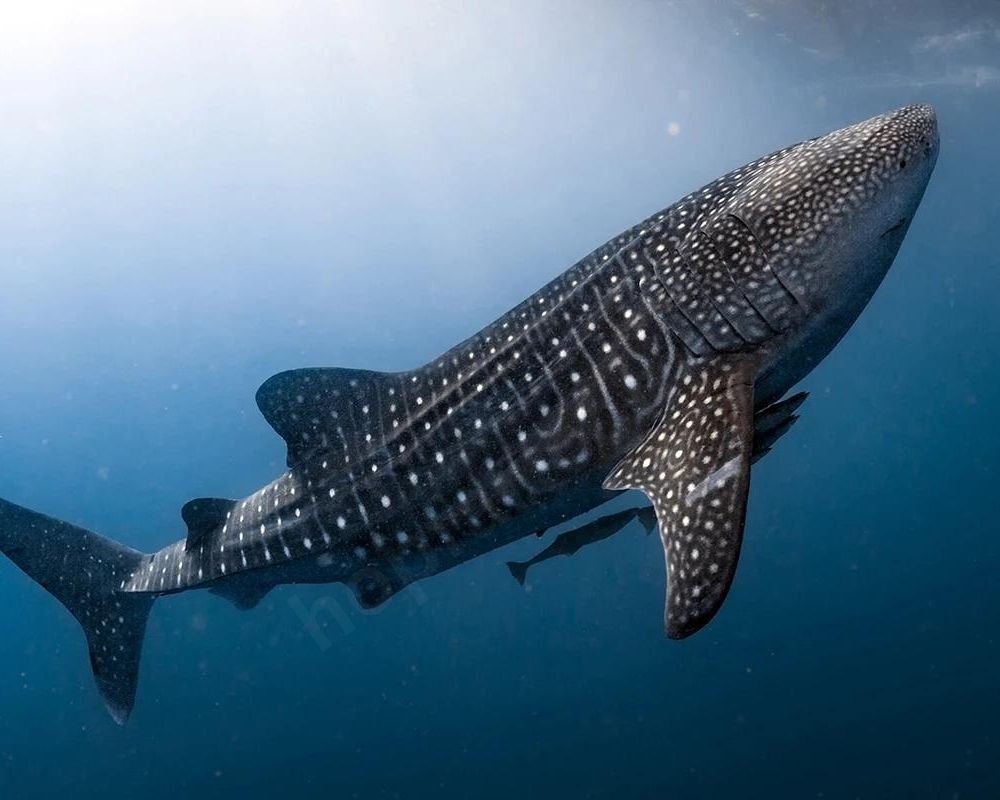
Whale sharks, the largest fish in the world, are filter feeders that perform the role of removing plankton from the oceans, and contribute to the circulation of nutrients. Plastics in the marine environment, bycatch, and finning used in China for fins soup threaten their survival. Marine protected areas and sustainable fishing techniques are indispensable for whale shark conservation.
- Northern Fur Seal

Whereas northern fur seals were nearly extinct because of hunting for their fur in the 18th and 19th centuries, it is good that their populations have come back slowly due to international hunting bans. Despite climate change and the disruption of prey availability as well as competition for food from overfishing are still threats to the population of the fish. Understanding the impacts of climate change on their prey and imposing stricter fishing quotas are key steps towards successful restoration of the species.
- Hector’s Dolphin

This playful and local dolphin species is only found in New Zealand. The major threats to bottom-dwelling fish like gillnets and habitat degradation due to coastal development and pollution are habitat destruction and gillnets. Preservation of these species is vital and should involve adopting stricter regulations for gillnets and also encouraging sustainable coastal development.
- Galapagos Penguin
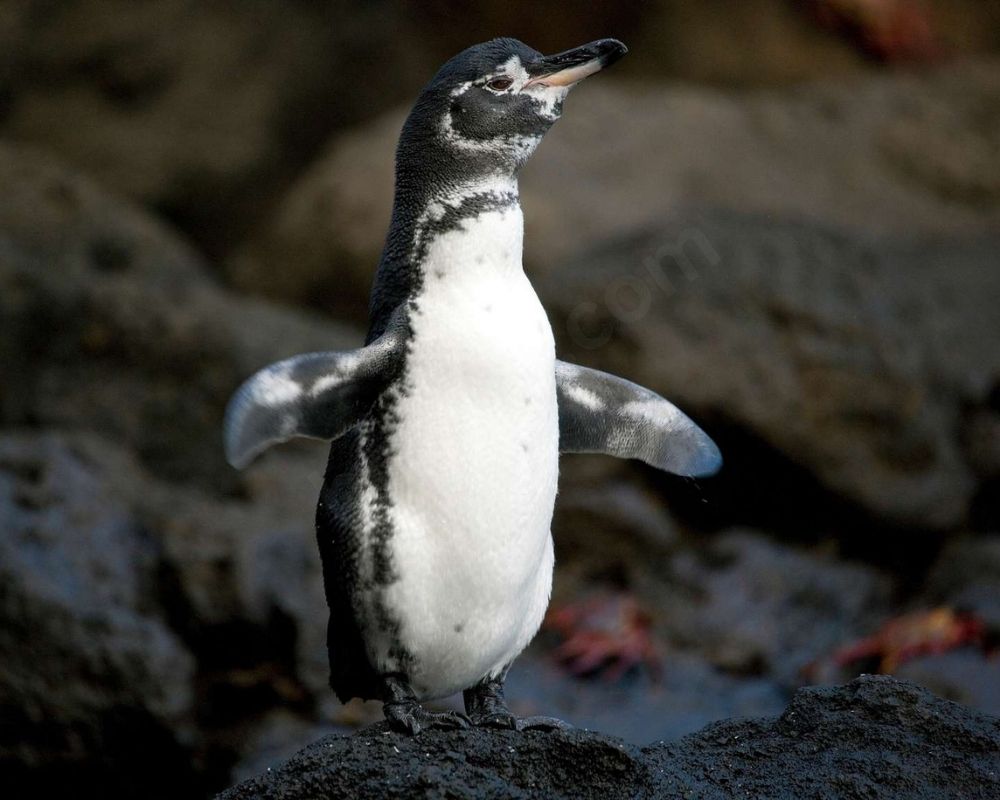
The Galapagos penguin is the only penguin species found north of the equator. Unlike other penguin species, the Galapagos penguin has shorter feathers and a slimmer body to counter the heat that comes from its warmer environment. Climatic conditions changing the pattern of ocean currents and food availability, and competition for food from invading species such as rats threaten these spectacular birds. The protection of the sea areas, the removal of the invasive species, and the monitoring of the consequences of the climate changing are the main aspects of their conservation.
This article shows a few marine species in danger of extinction. Through raising awareness about endangered marine species, providing support to conservation organizations via donations and volunteering, and choosing sustainable seafood, we can make a real difference and guarantee the survival of the most amazing animals that inhabit our ocean. Together, we can make sure that these living gems will remain to bless our seas for years to come.
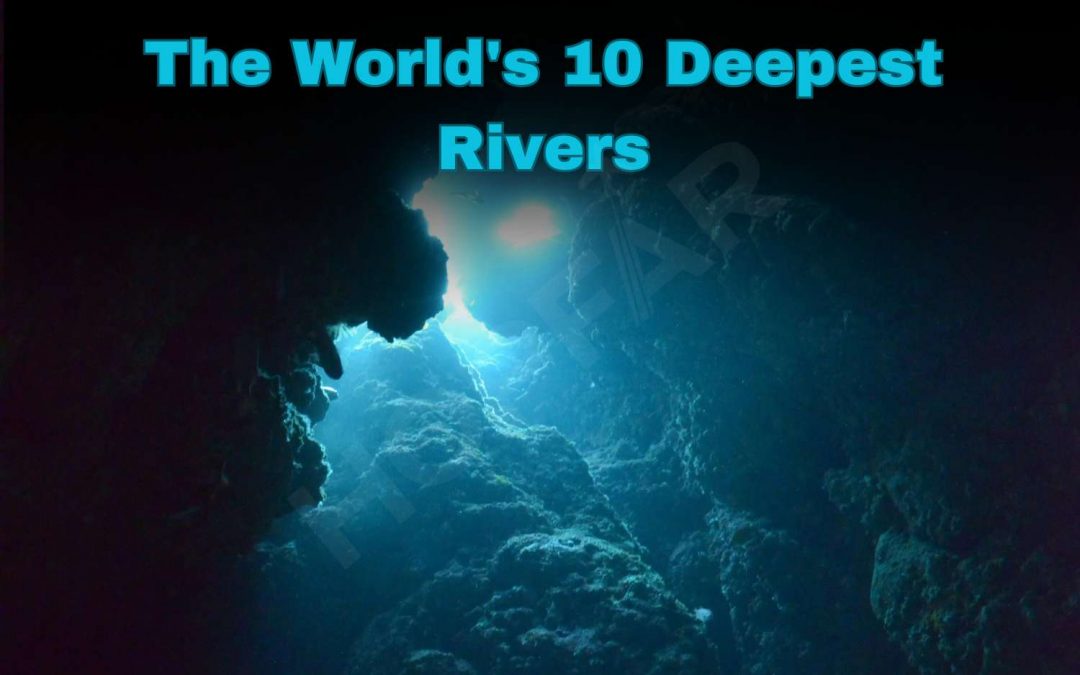
by pankaj | Apr 1, 2024 | Beaches, Blog, Latest Post, Swimwear
Rivers are the blood vessels of our planet, twisting and turning through mountains and catalyzing biodiversity. Nevertheless, these are not only wide and long; some rivers plunge to amazing depths. Here, we delve into the top 10 deepest rivers on the planet where not even sunlight can penetrate, and where secrets lie submerged.
- The Mighty Congo
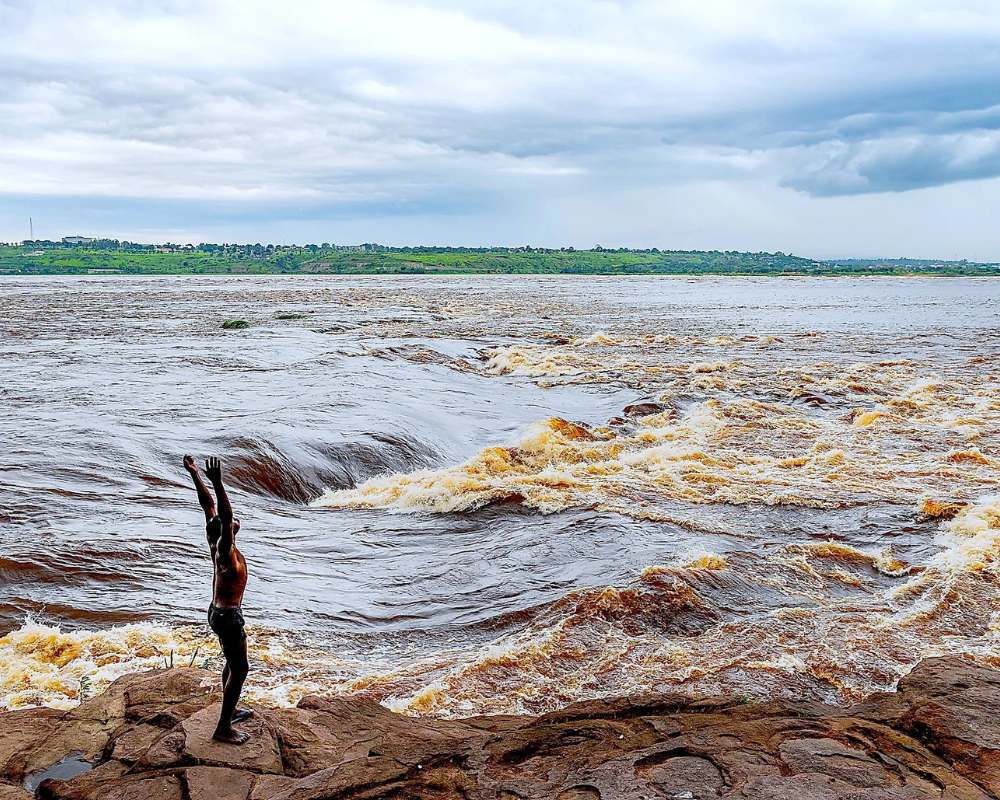
Taking the regal place is the Congo River in Africa. This oversized beast exceeds a depth of 720 feet, which makes it at least 60 feet deeper than the closest competitor. The Congo’s tremendous depth is a result of the trench carved of the African continent in the dramatic Congo Basin. This huge basin must have been created as a result of the rifting of the African plate many millions of years ago, and the Congo River, which has been tunneling its way down through eons, has created a deep underwater world. The river’s deep waters serve as a peculiar environment for fish accustomed to reduced lighting and high-pressure levels. Certain species, such as the blindfish, have been able to adapt to living in the absolute darkness of the Congo’s greatest depths.
- The Yangtze
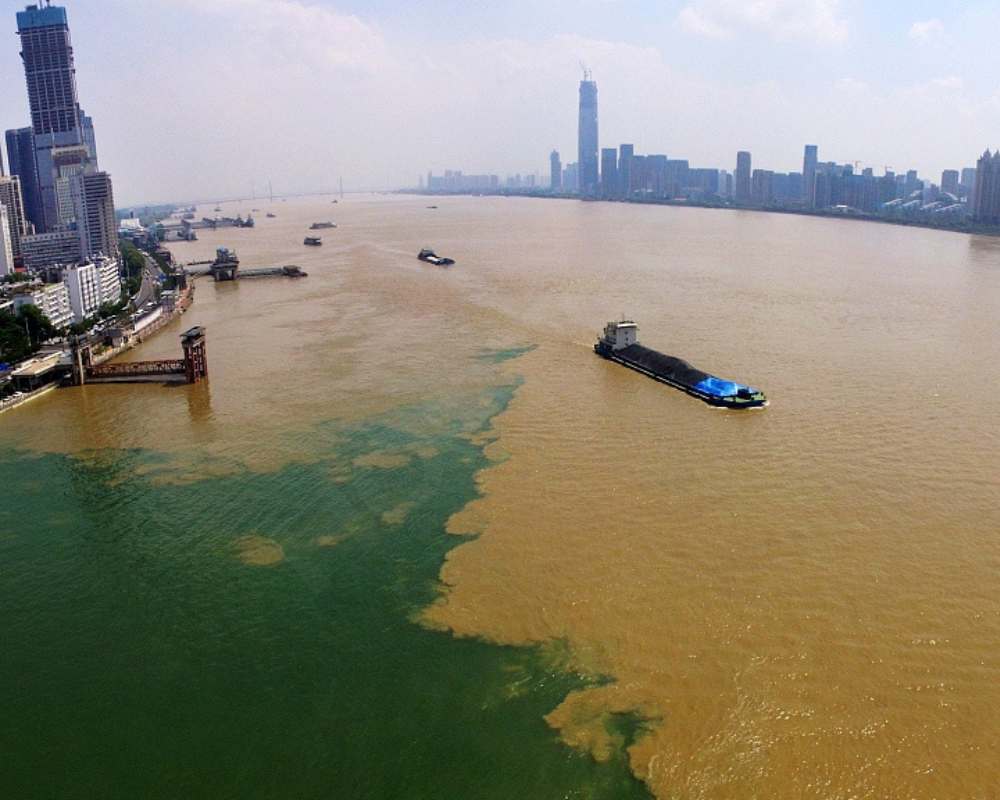
China’s Yangtze River ranks second in the depth category with up to 656 ft at its deepest points. It is both Asia’s deepest as well as the longest river. The Yangtze’s impressive depth portrays the huge gorges it was through, carved out over centuries by the abrasive water power. The Three Gorges Dam, the largest hydroelectric project worldwide, is located on the Yangtze and utilizes the energy contained in its deep waters and fast current.
- The Amazon
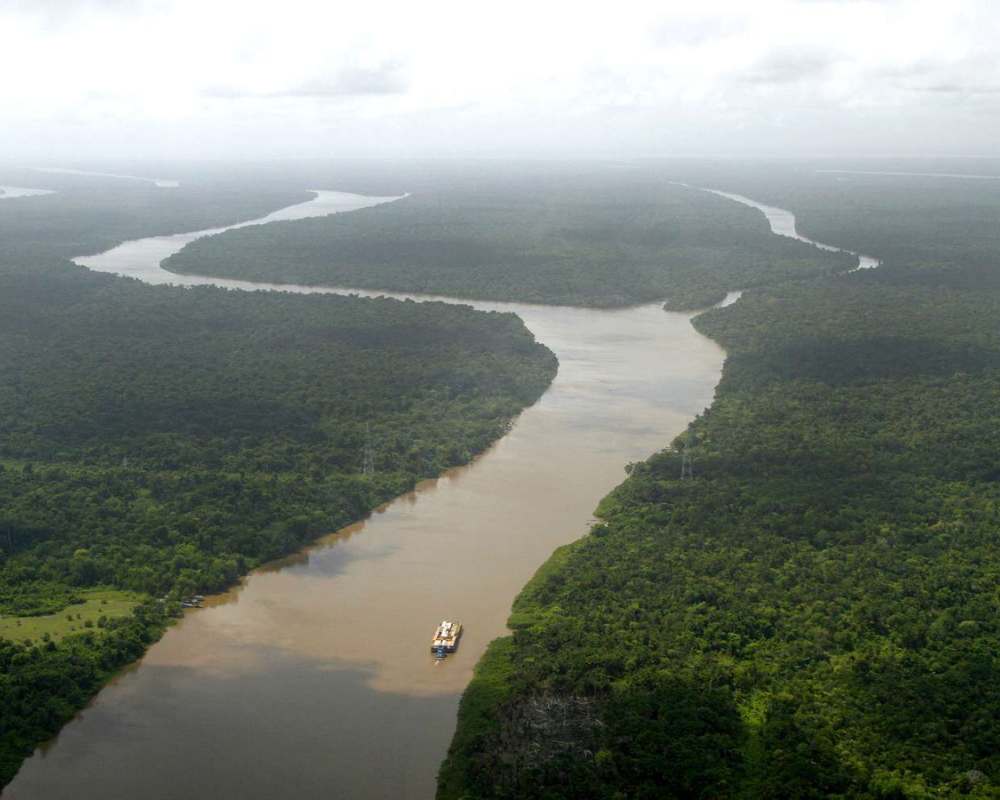
Although it is not the deepest of them all, Amazon river, however, must be mentioned due to the volume of water in it. The Amazon River is the longest and sweetest water river in the world. Although the maximum depth is around 230 feet, it carries the most water of any river system globally. This mother of rivers is a lifeline for the Amazon rainforest, one of the most diverse regions of nature on the planet. The Amazon’s riparian zone is very critical in this ecosystem, serving as a cool, stable environment for fish species and a refuge during drought periods.
- The Enigmatic Yenisei
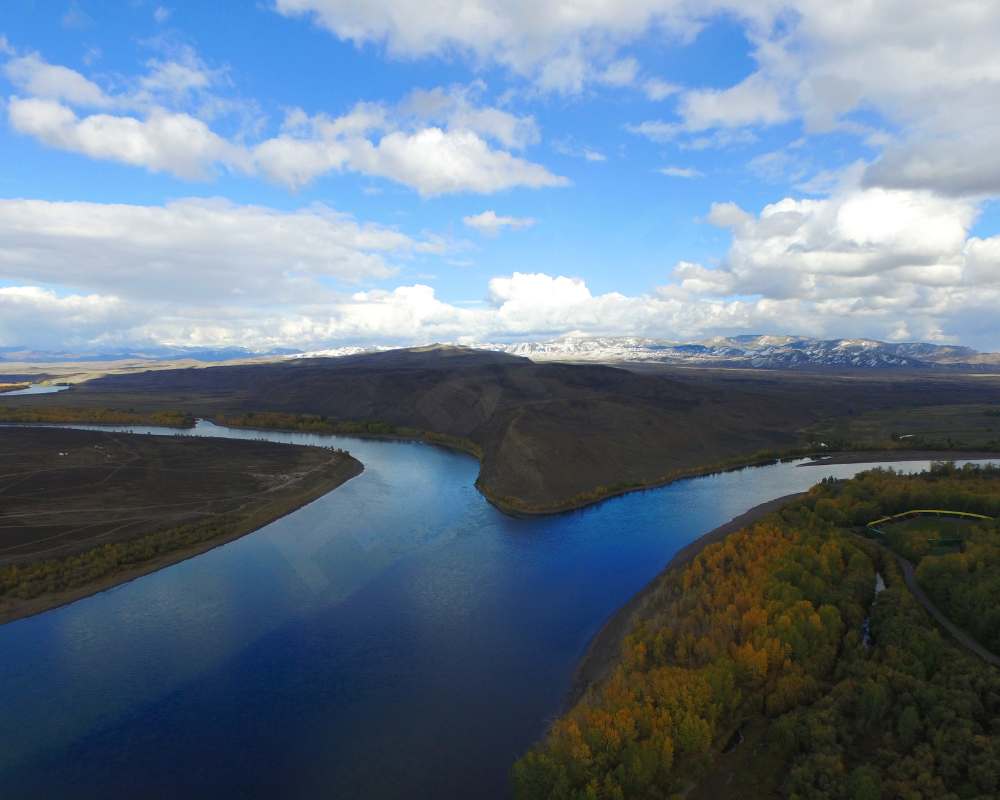
This narrow river, which flushes through many Siberian areas, has a depth equal to 330ft. This hidden river is enrobed in enigma as its deepest parts remain largely unexplored. The great depth of the Yenisei is probably due to its passage through canyons and gorges formed by the glaciers during the ice age. It is believed that the deepest parts are the habitat of aquatic creatures, which are adapted to the cold and darkness.
- The Historic Danube
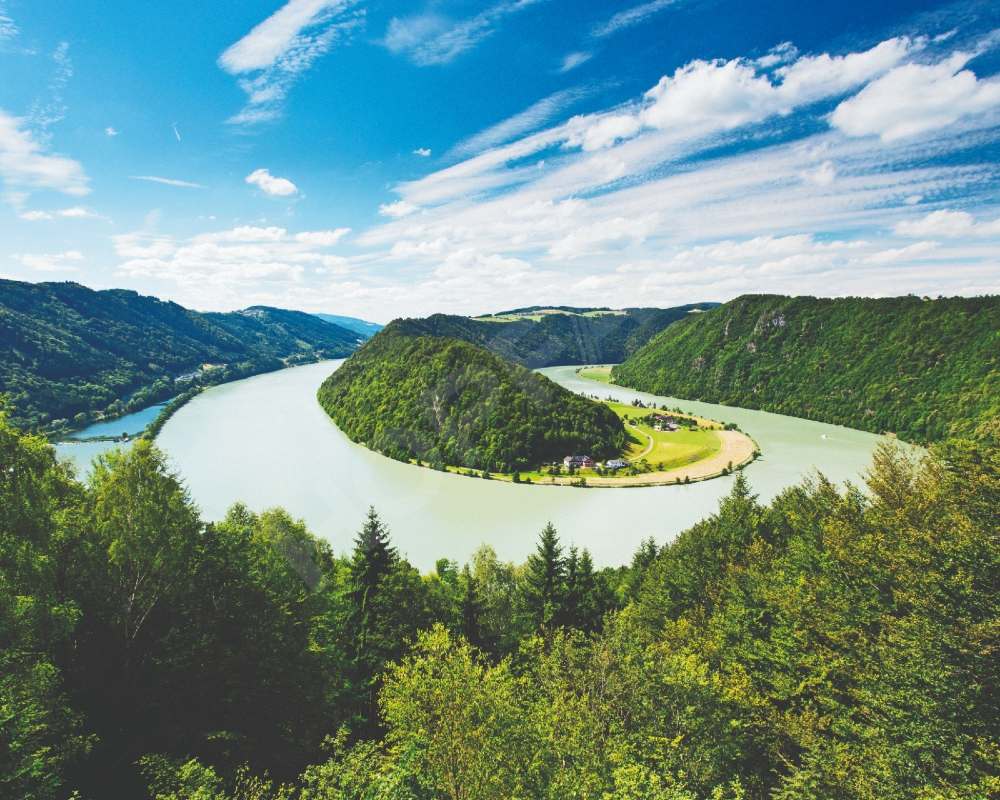
The Danube, Europe’s deepest river, has depths of close to 300 feet. The iconic one has been a pillar of European trade and culture for millennia, tracing the border between countries. The Danube River is deep because of its way through the canyons and valleys in the past which were formed by the strong currents. When it came to the rivers’ navigability, the depth also had a significant influence, as larger vessels can sail in deeper areas with greater ease.
- The Powerful Parana
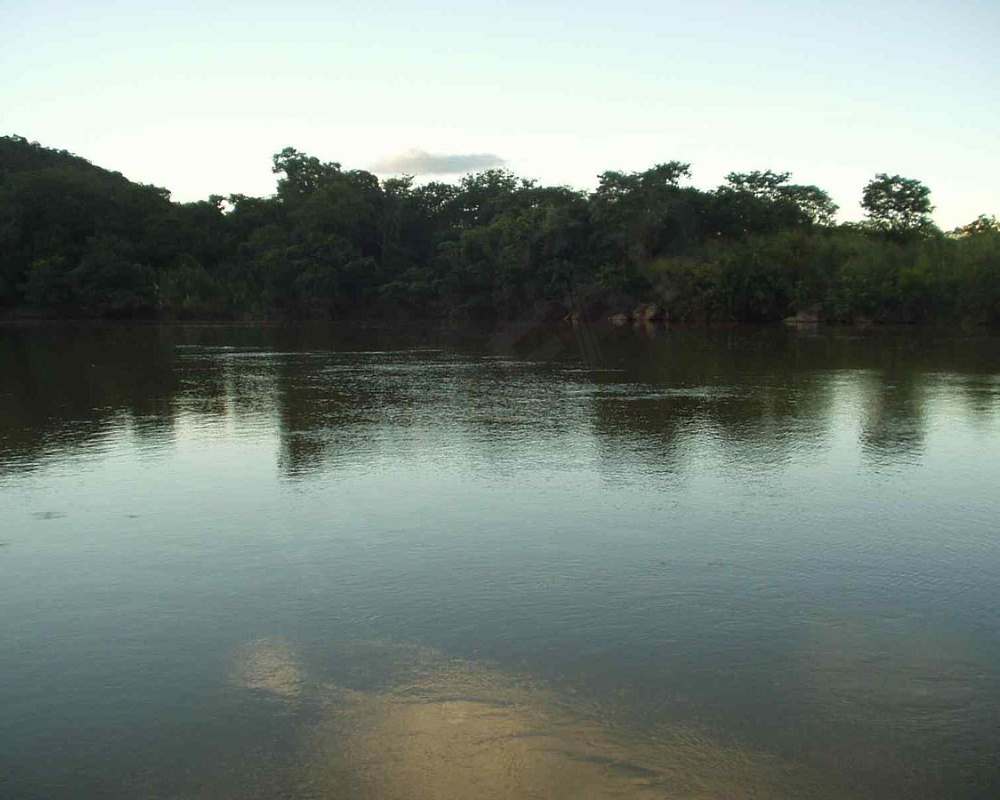
The Parana river in South America has an astonishing outlook since it can be 260 feet deep. As the source of hydropower and transportation, this lifeline river is one of the most important components of the regional economy. The depth of the Parana is possibly a result of the deep canyons it has to make way through and the erosion caused by the overwhelming waterfalls like none other than the astounding Iguazu Falls. The deep sections of the Parana River abound with fish species, and some places are famous for the sport fishing opportunities they provide.
- The Underrated Ubangi
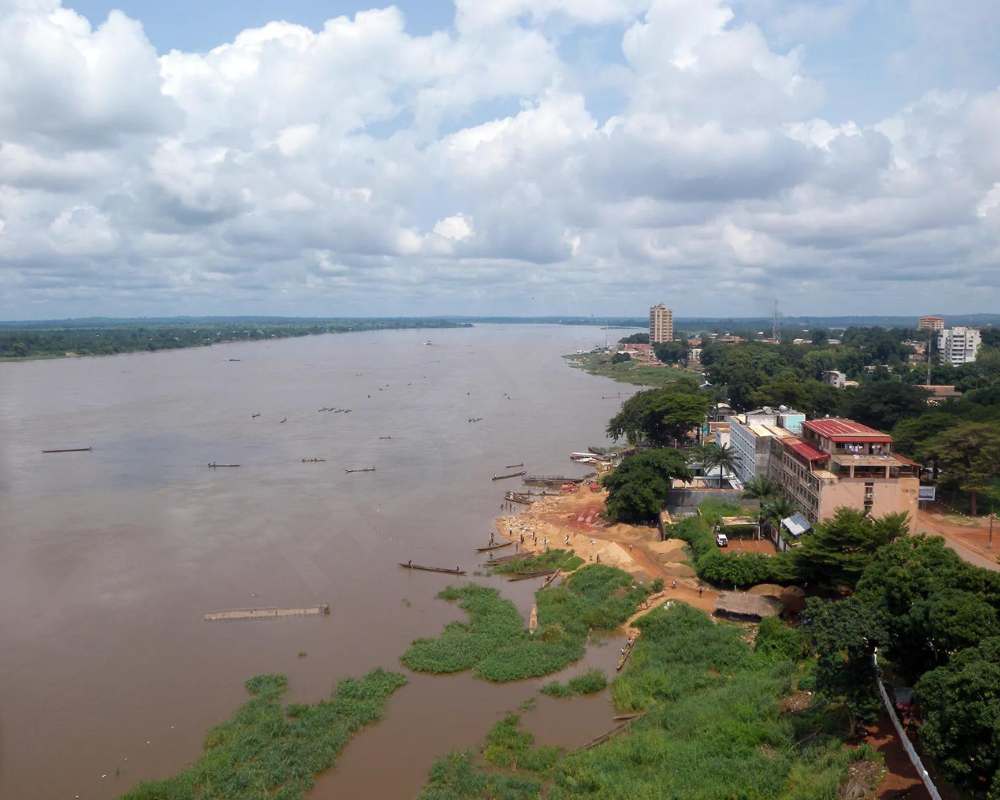
The Ubangi River, an important tributary of the Congo, has the greatest depth of over 500 feet. This crucial waterway makes a huge portion of the total volume of water carried by the Congo River network. The depth of the Ubangi can be explained through its itinerary through the Central African Rift Valley, a region that is famous for its dramatic geological features and deep faults. The lungfish species, which can survive in low-oxygen environments, are the Ubangi’s depth’s residents.
- The Intriguing Orange
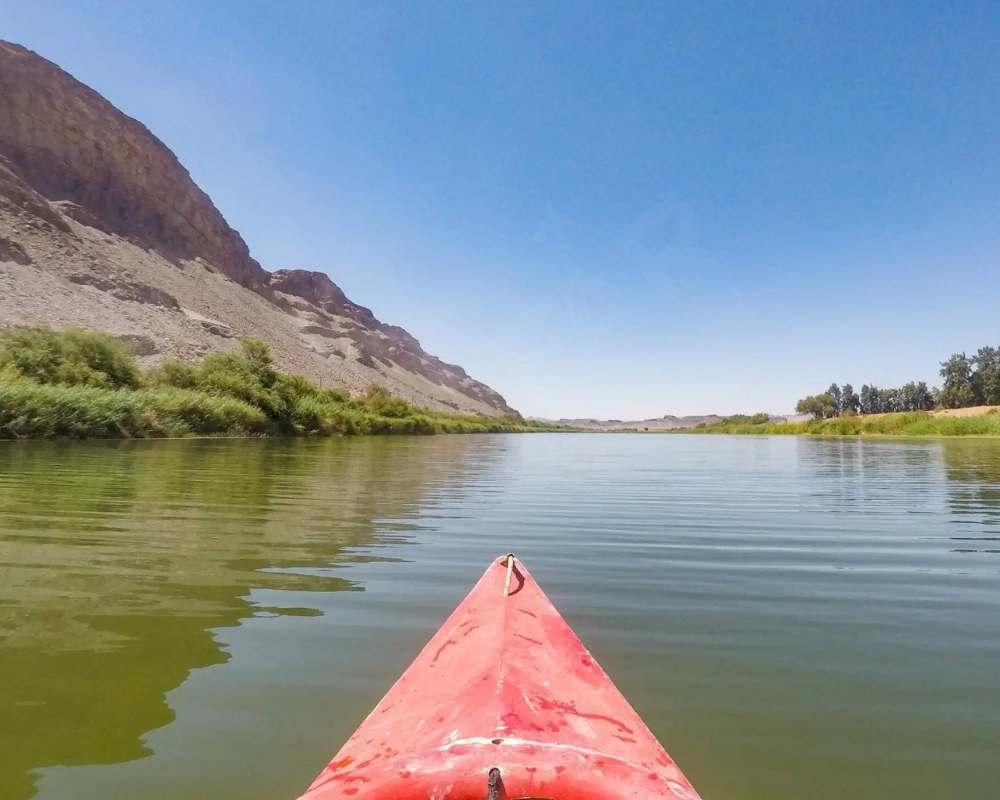
The Orange River in Africa surprises with its 500-foot-depths in some portions. This river is known by many from its name just as it carries heavy sediment load and it gives its waters a color of reddish-brown. The Orange River’s depth is probably caused by it flowing through prehistoric canyons built by powerful currents of water. The Richtersveld Canyon, the UNESCO World Heritage Site, is an example of the geological wonders formed by the pounding of the everlasting Orange River, which reveals the amazing depths of the river.
- The Mississippi
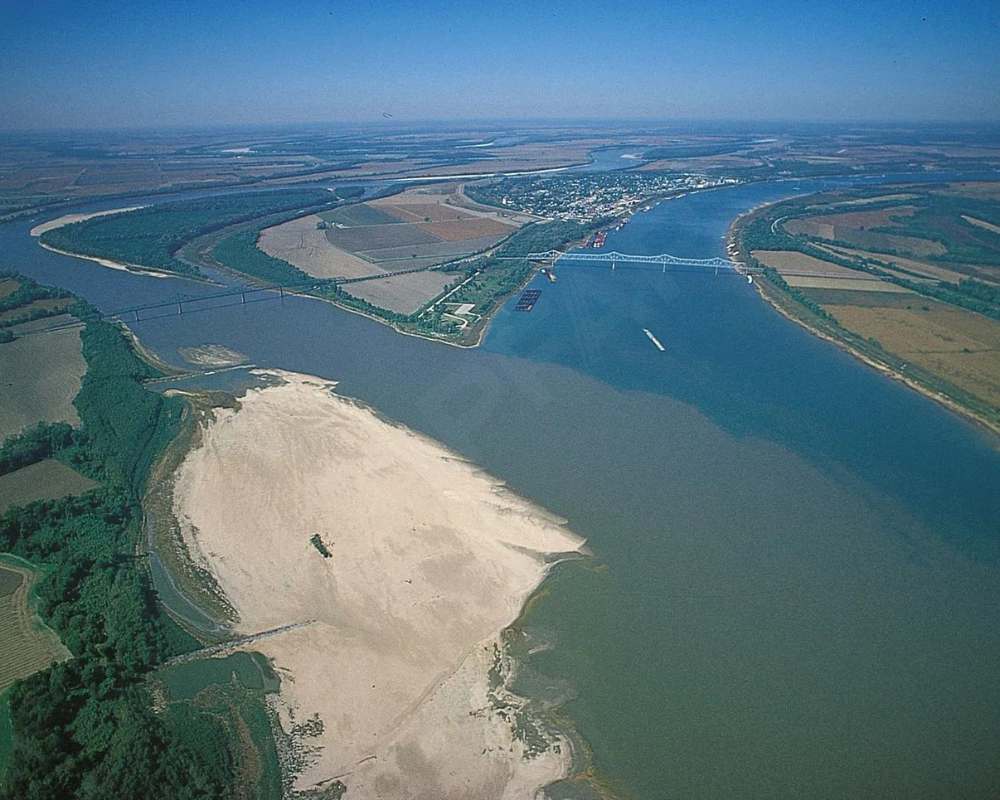
The Mississippi River, known to be the longest river and for its cultural significance, will leave you with more than that because of its depth. Although the Mississippi does not reach the limits of the Congo or Yangtze rivers with their depths of more than 200 feet, the Mississippi also has very deep areas near New Orleans. This amazing depth is probably due to the eroding processes over the years as well as the scouring effect by the powerful currents which carry the sediment along with them. The Mississippi’s depth plays a very important role as a large transportation corridor as it enables large barges and ships to cruise its waters.
- The Mysterious Irrawaddy
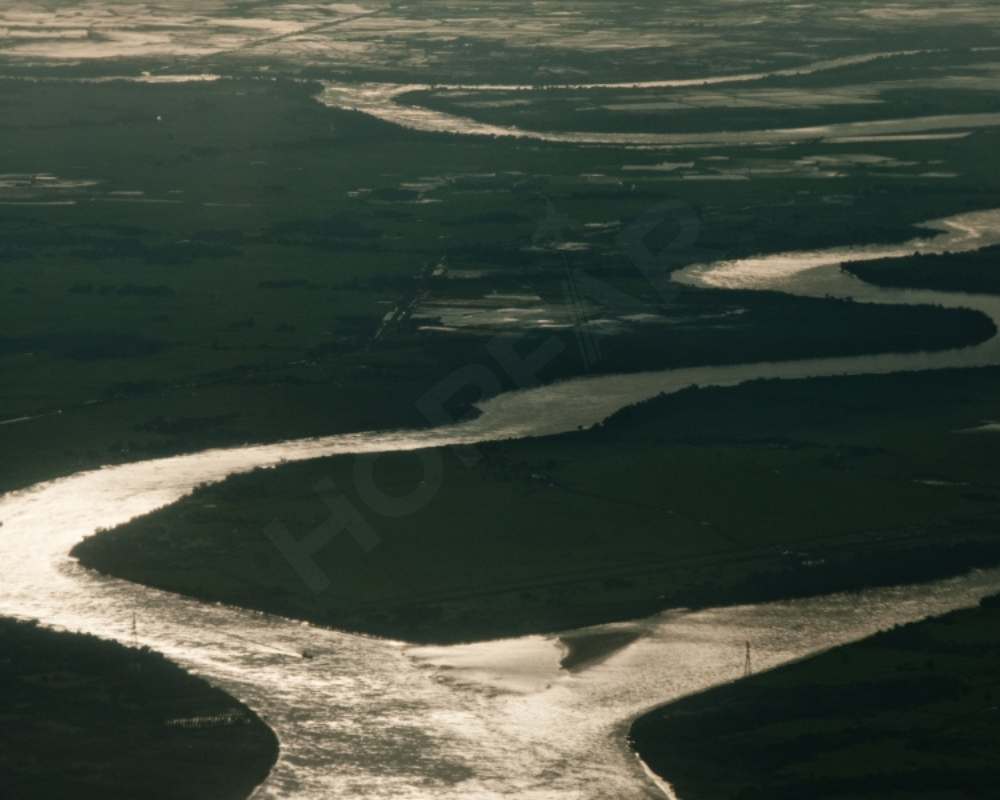
Last, but not least, we have the Irrawaddy River, which meanders through Myanmar. This important watercourse has depth exceeding 150 feet and it performs transportation, irrigation, as well as protects the ecology of the region. The Irrawaddy’s depths, probably, comes from its way through valleys and gorges influenced by centuries of the water flow. Most of the Irrawaddy’s underwater life is still mysteriously untouched, the rivers could harbor a lot of secrets about its aquatic eco-system of which scientists still know little.
From the giant Congo River to the mysterious Irrawaddy, deep rivers enthrall us with their secretive worlds and their ecological significance. With every step we take into these underwater spaces, our understanding of the intricate function of rivers in shaping the globe and supporting life forms grows.

by pankaj | Mar 2, 2024 | Beaches, Blog, Latest Post, Travel Tips
The beach has the power to draw hundreds of people not only due to its sandy beaches and peaceful water but also because of its beauty. Frequently, you will find that some of the most riveting events take place as the day turns into night and the sky becomes filled with different shades of color. If you’re seeking an unforgettable experience, here’s a curated list of beaches around the world where the sunsets are just as mesmerizing as the scenery itself.
- Santorini, Greece
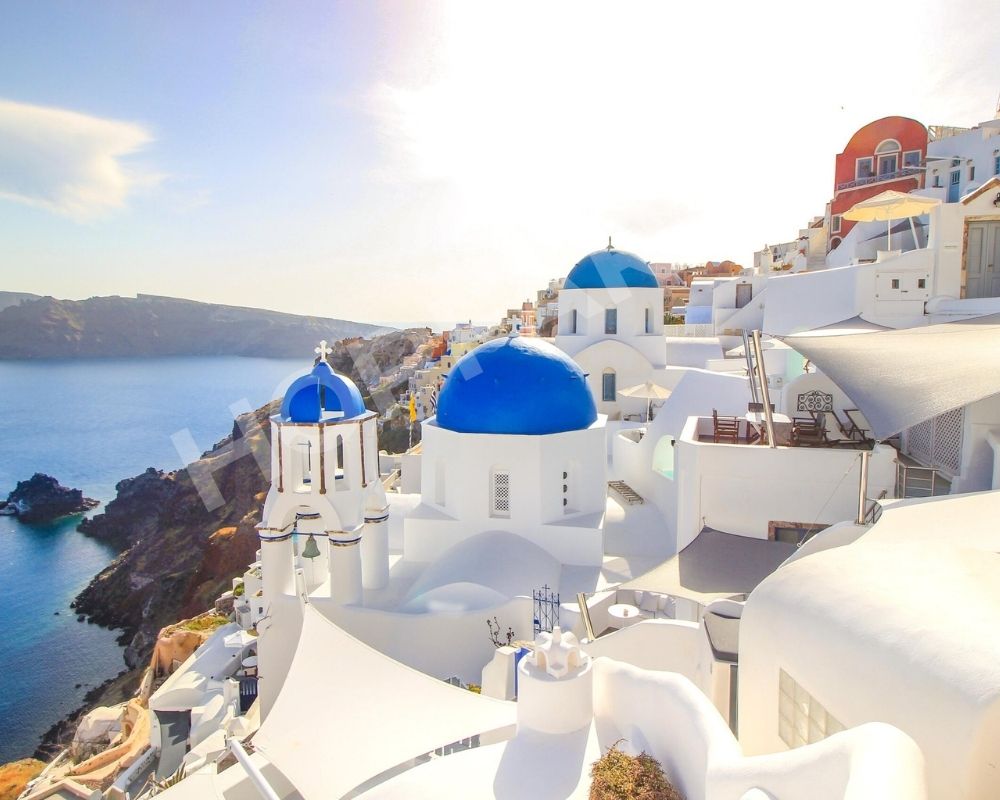
This iconic island is famous for its sheer cliffs that were created by volcanic eruptions and so are excellent for a sunset. Marvel at the sun setting into the Aegean, reddening the whitewashed buildings that cling to the cliffs. Make yourself comfortable enjoying the glass of local wine as the sky dances in a kaleidoscope of orange, pink, and purple colors. Santorini boasts of prominent archeological sites dating back to ancient times, breathtaking views of sunsets, and villages that seem suspended on cliff edges.
- The Maldives

Visualize yourself on a perfect shore with crystal turquoise waters, the sand as powder sugar beneath your feet. The moment the sun disappears behind the horizon is when the sky erupts into a rainbow of pink, orange, and red colors. The Maldives is an archipelago of over 1,000 coral islands, which is not only a perfect place for sunset lovers but also a heaven for snorkelers and divers since it represents some of the richest marine biodiversity on Earth.
- The Azores, Portugal
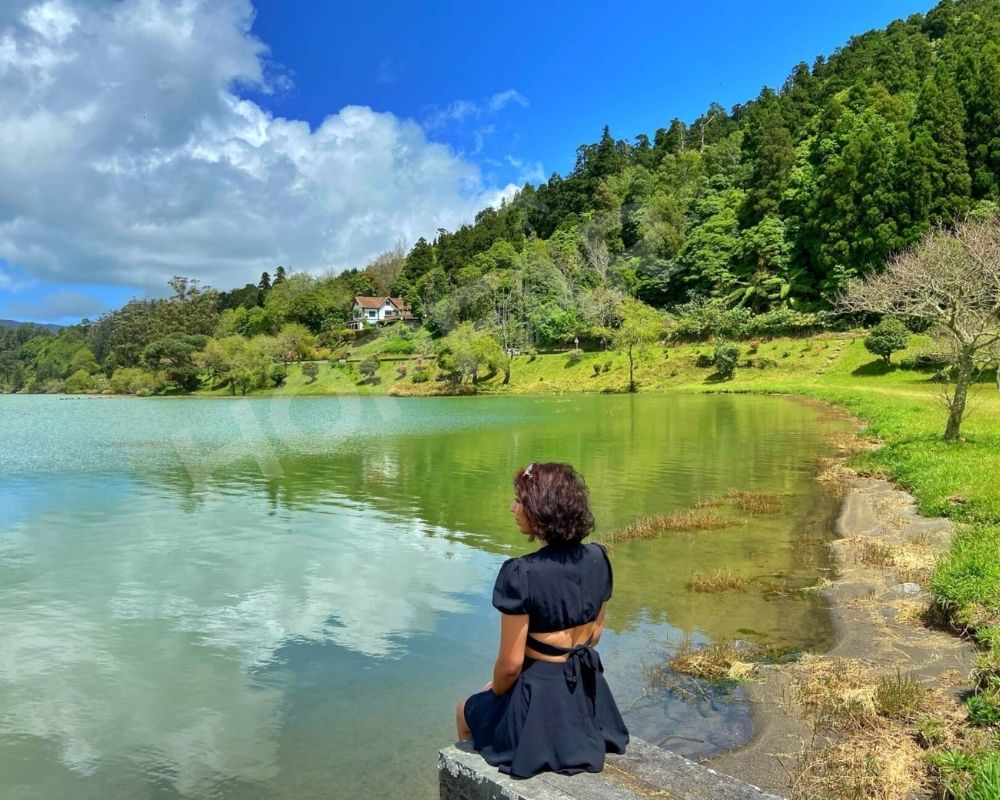
Get away from the crowded cities to the Azores islands where the endless Atlantic Ocean gives an intimate space for the sunset painting show. Feast your eyes on the sun that dips while casting long shadows across the volcanic terrains and glistening on the azure sea. Picture the serenity of the stars reflected in the quiet water with just the sound of waves softly playing in the background. The Azores, famous for their greenness, hot springs, and marine richness, give visitors a mixture of natural splendors and Portuguese awesomeness.
- Whitehaven Beach, Whitsunday Islands, Australia
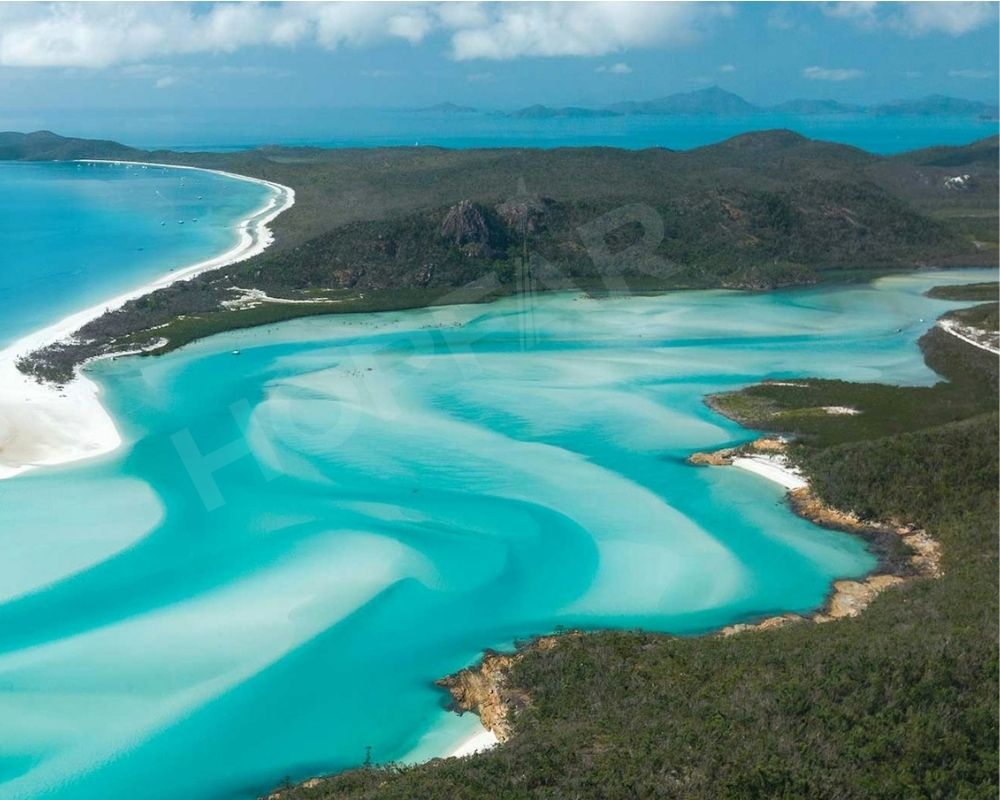
Allow yourself to bask in the luxurious sensation of sinking your feet into the sugar-fine sand of Whitehaven Beach as the sun is setting. The water surface resembles the hues of the sunset, making it appear as if the scenery was from a painting itself. The Whitsunday Islands, which are smack in the center of the Great Barrier Reef, are not only world-famous for their beautiful beaches but also offer activities like sailing, snorkeling and exploring their diverse marine life.
- Maya Bay, Thailand
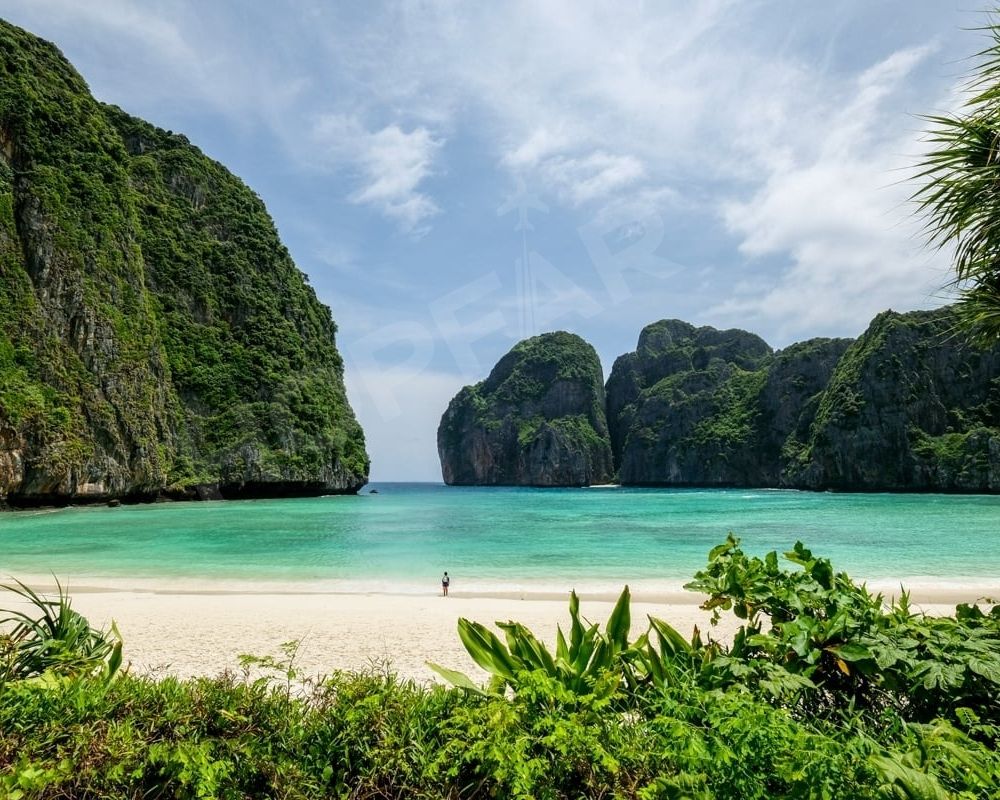
Although, Maya Bay located on Phi Phi Leh Island is now restricted for ecological reasons, it deserves to be mentioned for its iconic role in the film “The Beach” where the limestone cliffs create a natural theatre for viewing the sunsets in the Andaman Sea. Think of yourself as you slip on your kayak into the emerald waters before the sky unleashes a fiery sunset. Even though Thailand is famously known for its extraordinary culture, delicious cuisine, and tropical scenery, there is more than just beautiful sunsets it offers to its visitors.
- Pfeiffer Big Sur State Beach, California, USA
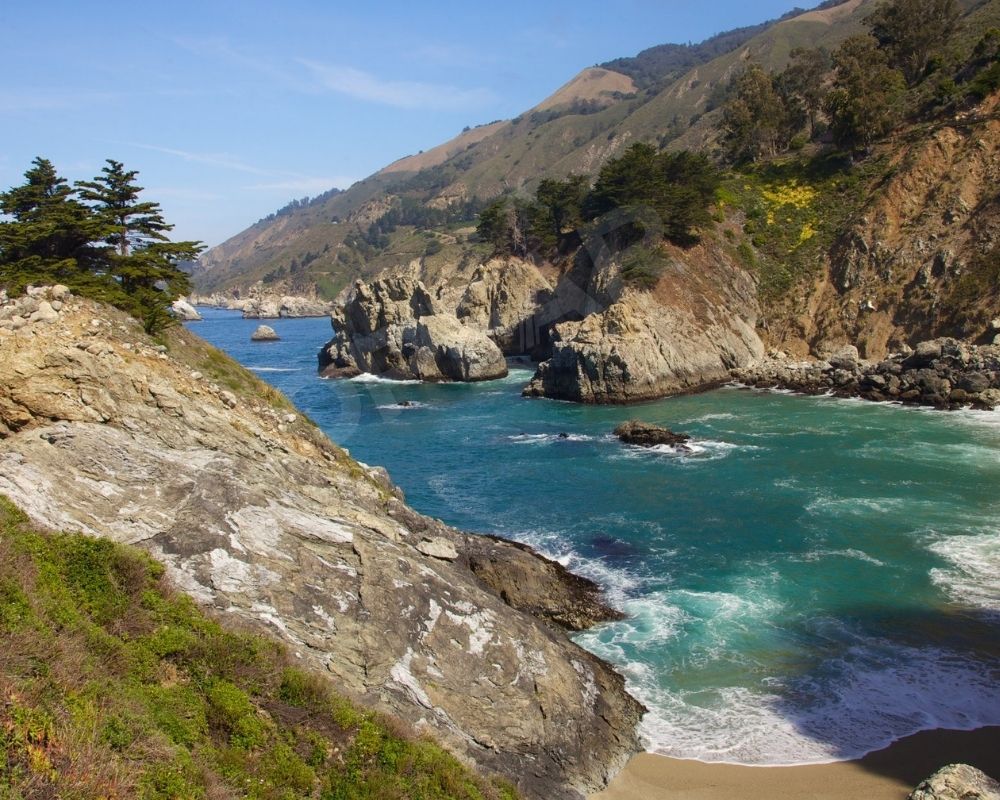
This unusual beach is rich in purplish sand due to the existence of manganese garnet eroded from the neighboring hills. Watching the sunset tinting the sky with different colors and the purple sand becoming a colorful kaleidoscope will make you feel like you are in another world. Big Sur, famous for its dramatic coastal scenery, tall redwood trees, and rich artistic tradition entices visitors to ponder nature’s power and discover California’s stunning wilderness.
- Bora Bora, French Polynesia
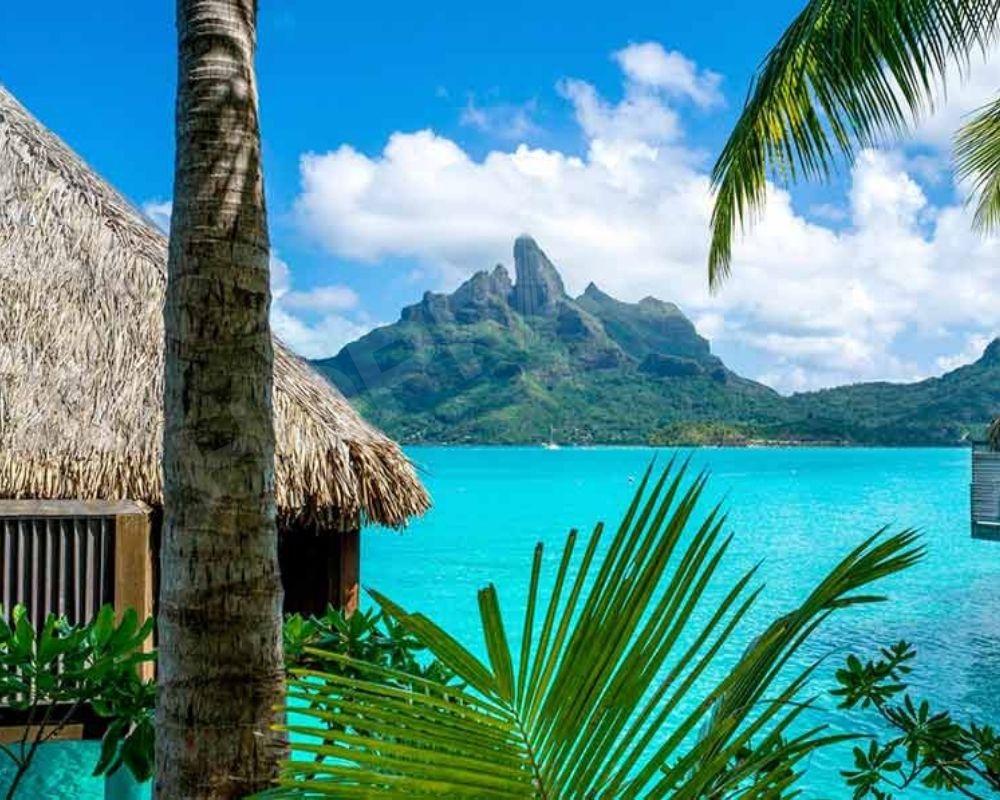
This dream island provides me with brilliant sunset views, regardless of the location. See the sun set behind Mount Otemanu, flooding the turquoise lagoon with a golden hue and leaving you with an image you will not forget. Visualize yourself in a waterside bungalow while you are enjoying a cocktail of the tropics, witnessing the daily re-enactment of nature’s masterpiece. Bora Bora is the synonym of luxury resorts, water sports, and wonderful marine life that makes it a perfect place for honeymooners and thrill-seekers.
- Namibia Skeleton Coast
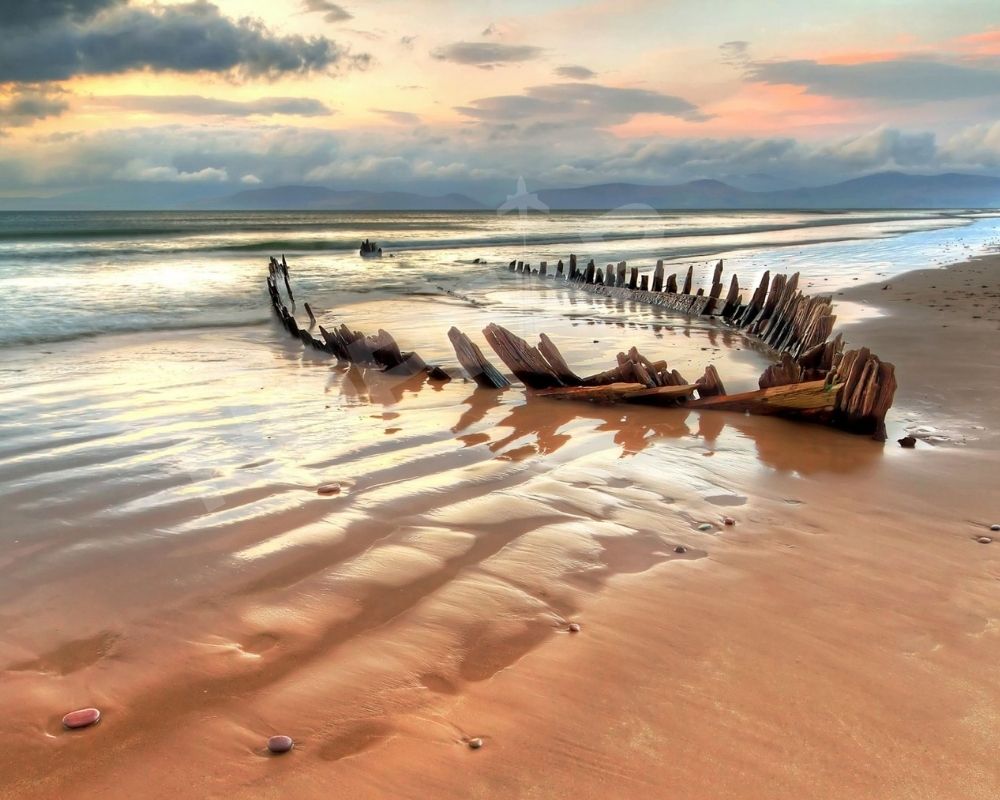
Walk the Skeleton Coast of Namibia where storm-battered trees and beached ships are kept as silent guards against the ocean. It will be a chance to notice the sun going down over this landscape, creating a sharp contrast between the blood-red sky and the bleached bones and chalky wood. Namibia, the land of weird landscapes, marked cultural heritage, and diverse wildlife, tempts visitors by showing them the real face of African wildlands.
- El Matador State Beach, Malibu, California, USA

Tucked in between the awesome cliffs and rock formations, El Matador State Beach is surely where the sunset chasers have their home. Observe the sun go down, silhouetting the tide pools and creating a scene that resembles the one from a classical seascape painting. Welcome to Malibu best known for its celebrity homes, spectacular drives, and world-class surf spots – just the perfect place to relax and enjoy the splendor of the California seaside.
- Navagio Beach, Zakynthos, Greece
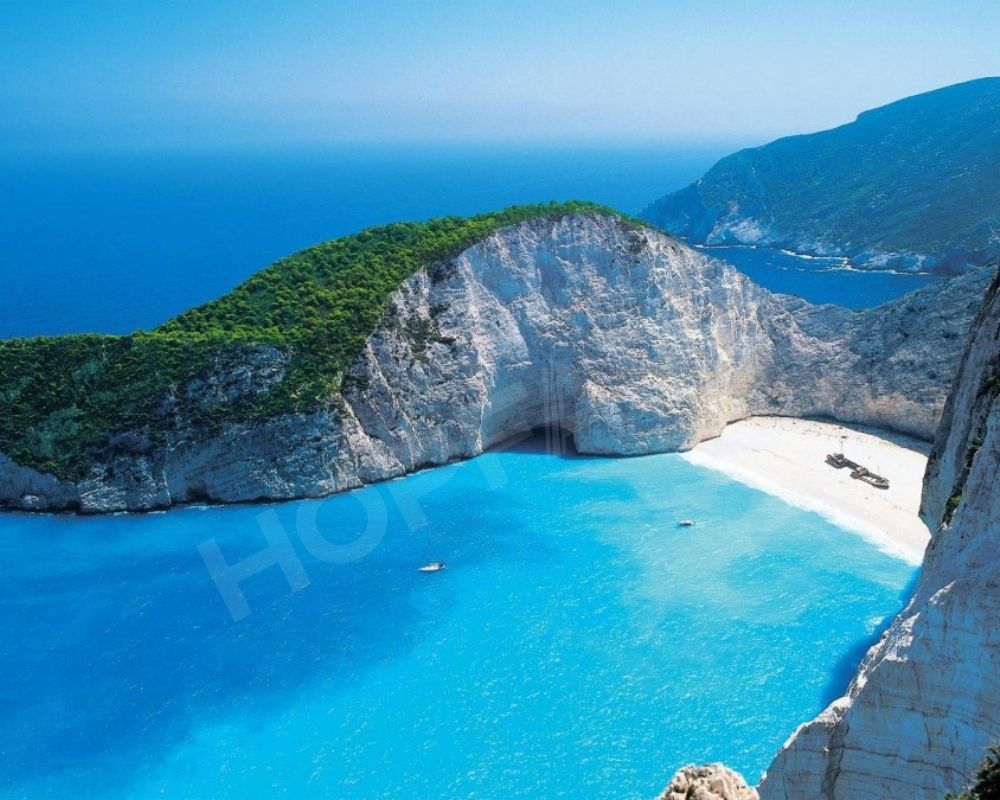
Navagio Beach is only accessible by boat but has hidden coves and cliffs that can create a paradise hidden from the outside world. Watch the sun go down from the shipwreck that is situated on the beach and witness the sky getting colored in rich hues that get reflected on the turquoise water. Try to imagine the peculiar experience of admiring this natural phenomenon that is untouched by the development of human civilization. Zakynthos, famous for its fabulous beaches, stunning Venetian architecture, and lively nightlife, provides its guests with a mix of relaxation and adventure amid the Ionian Sea.
The following list is just a great example of a sunset-chasing adventure. Besides the individual ways of perceiving a sunset, you can also find blue-tinted serenity in beach sunsets as well as contrasting-colored views accompanied by unusual geological formations. Therefore, load your bags, pick your camera, and get ready to be stunned by nature’s daily spark of the day.
















































